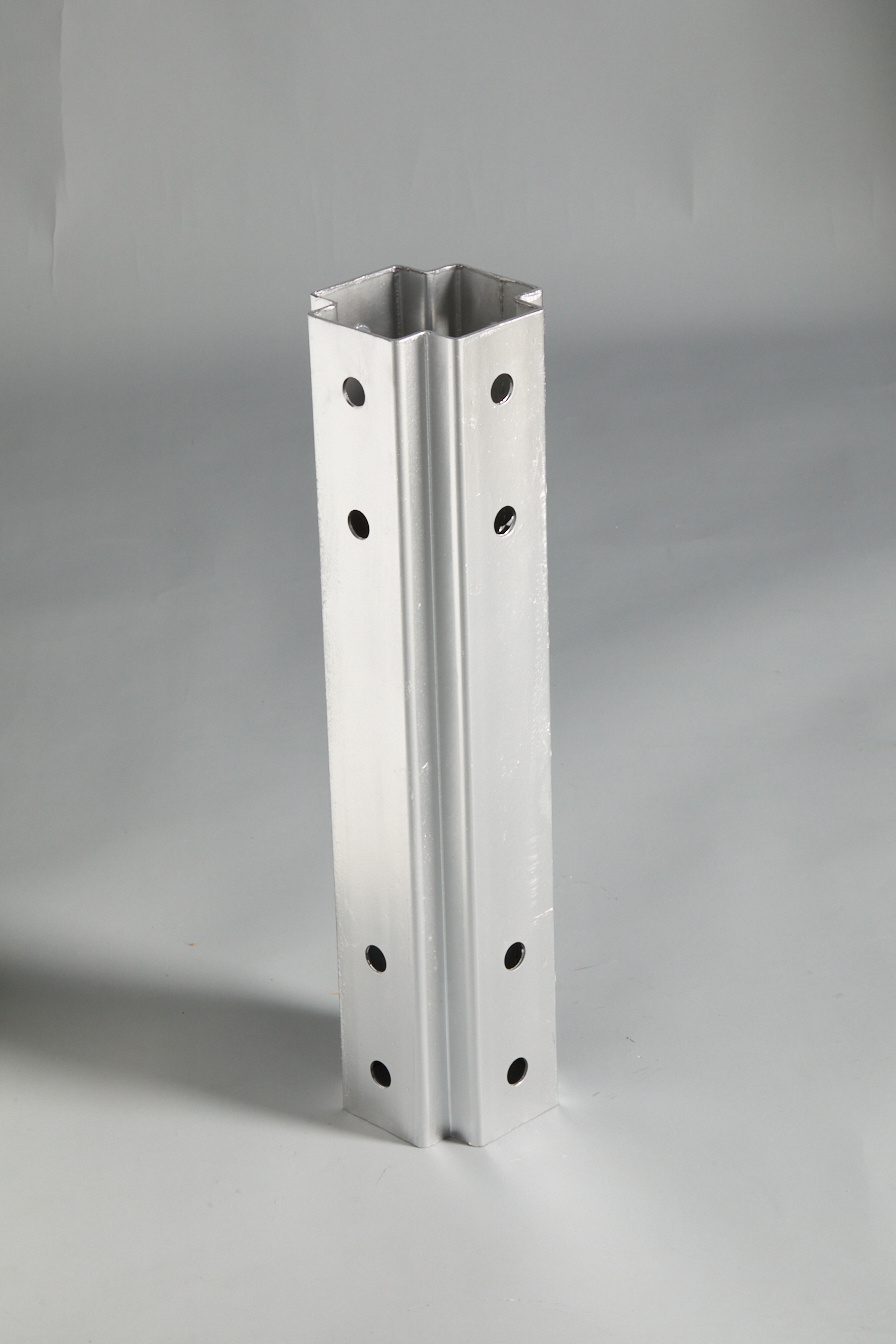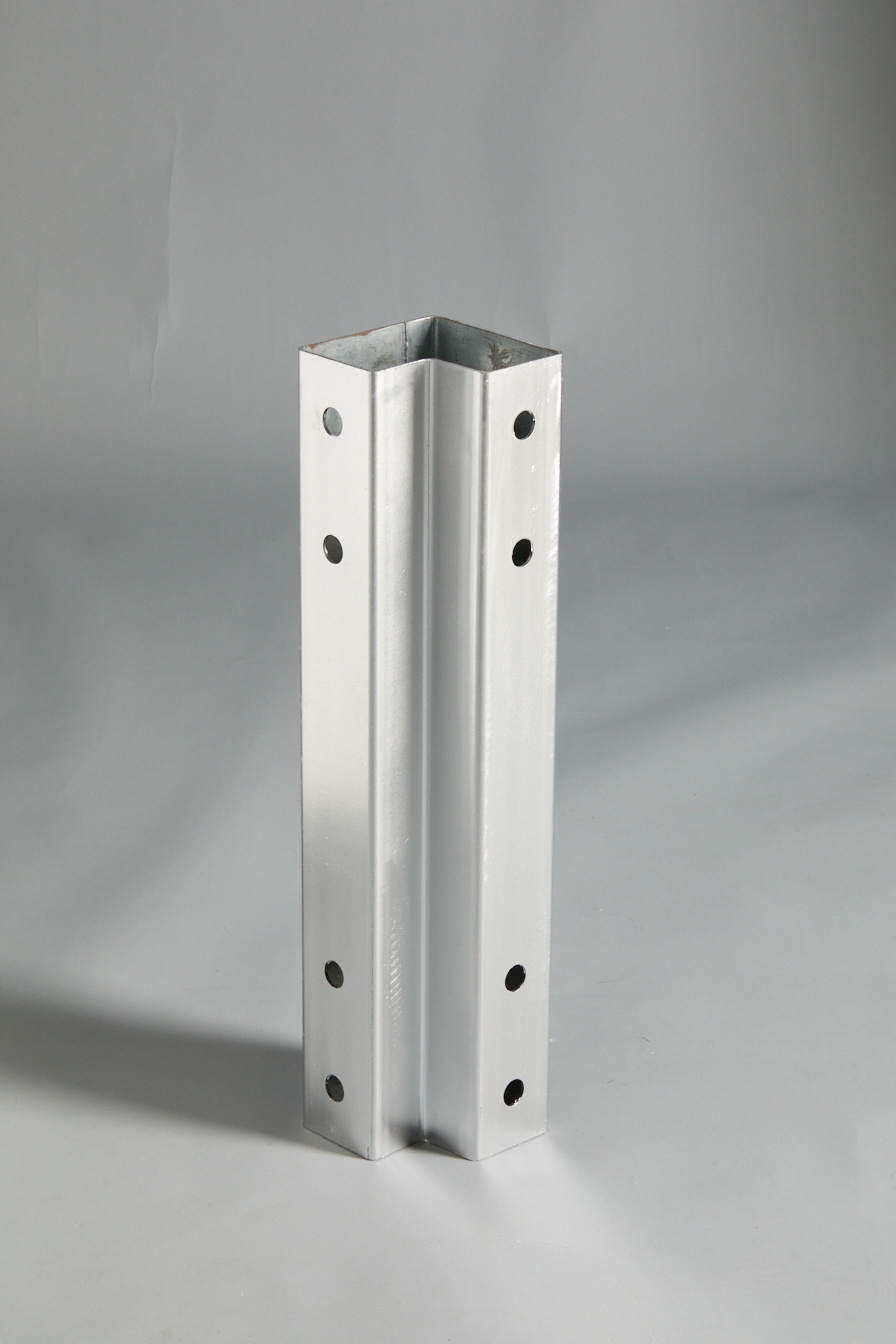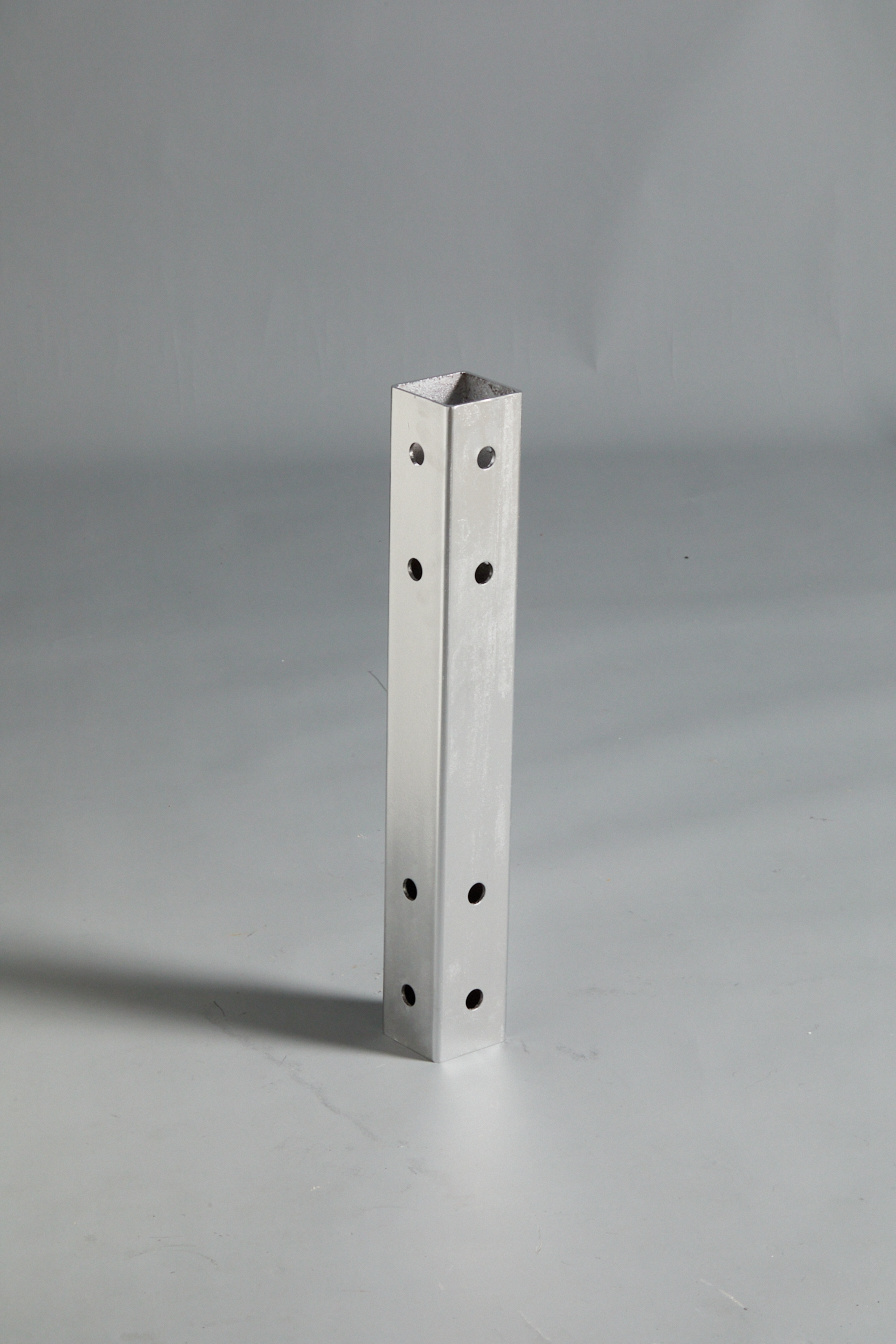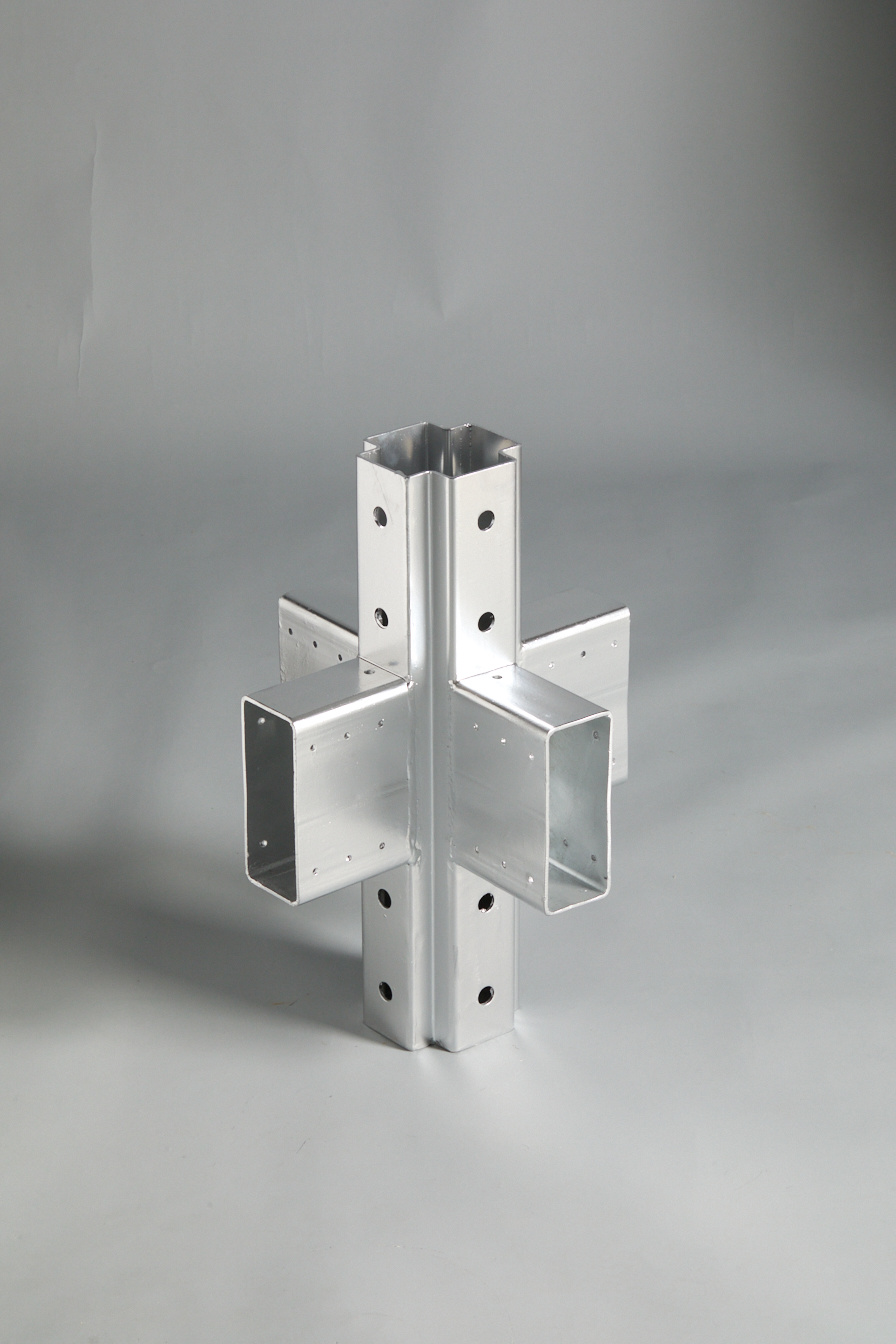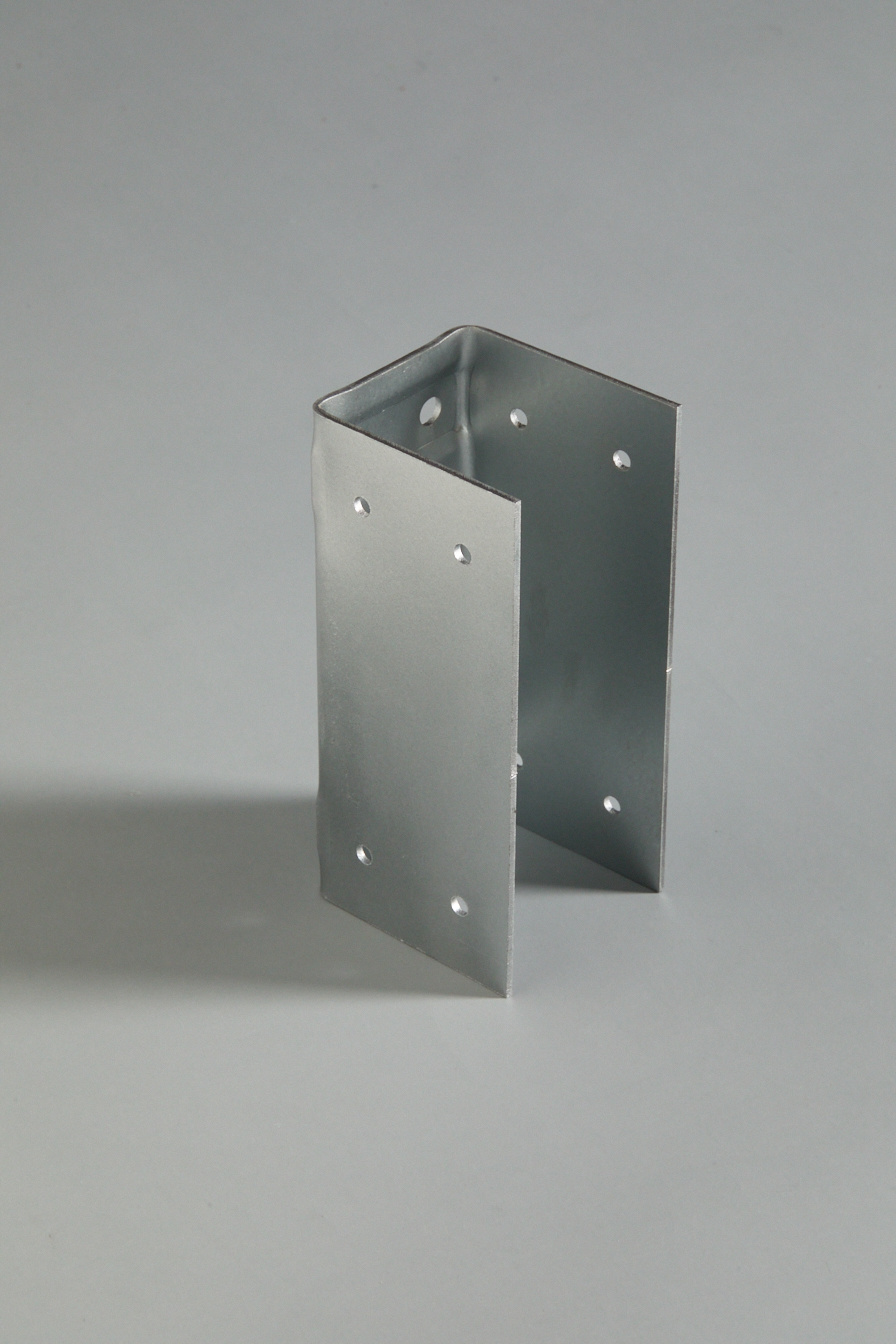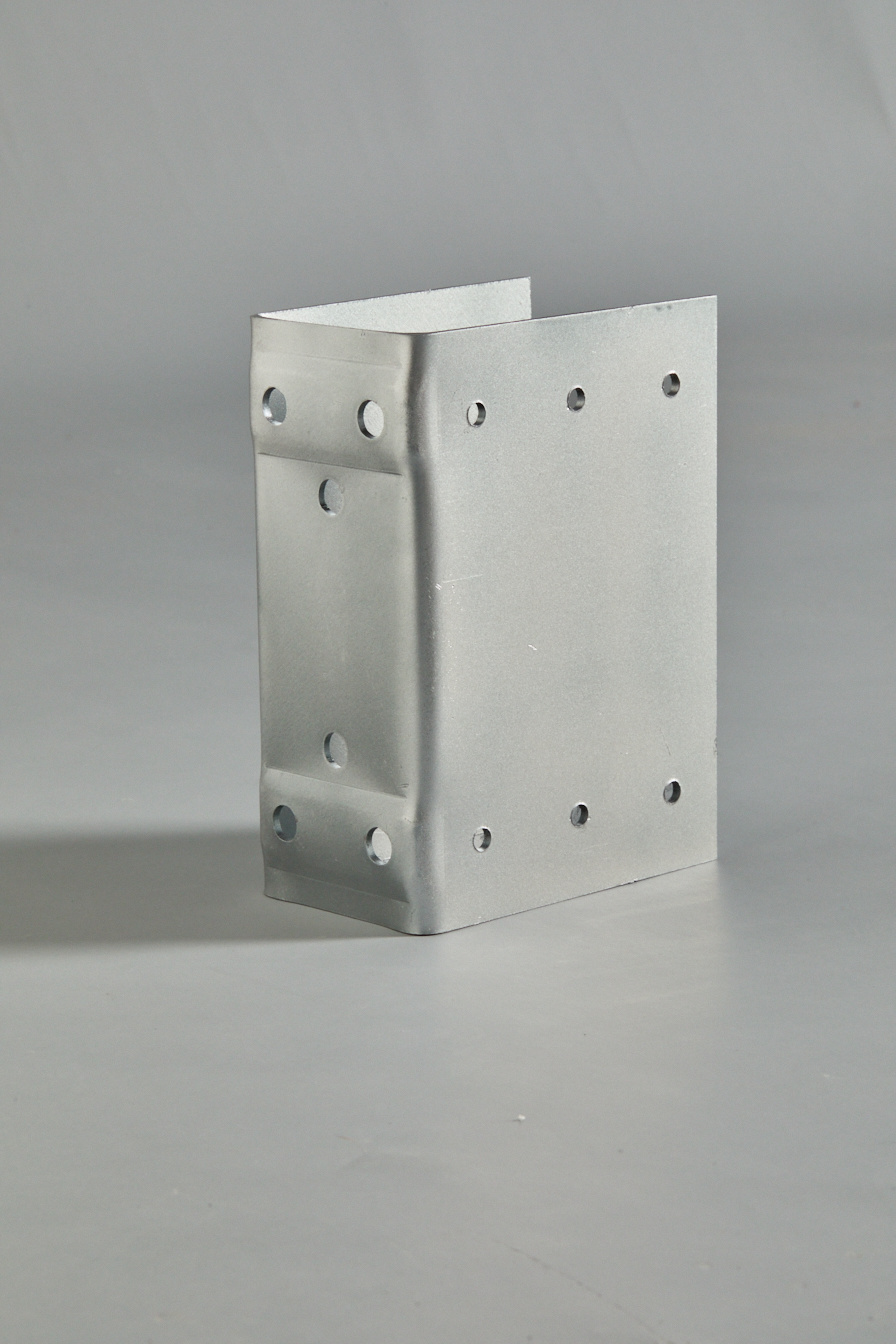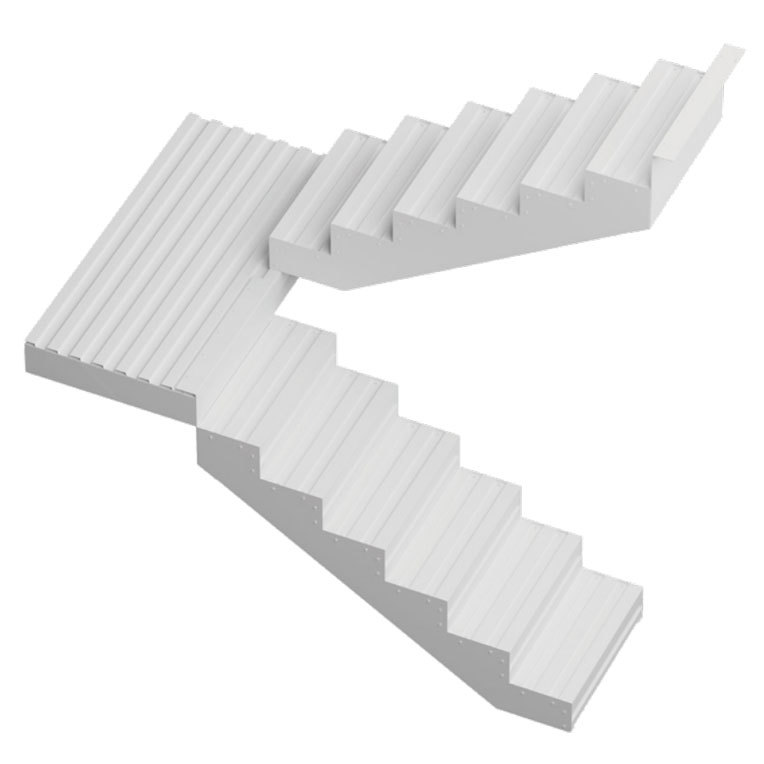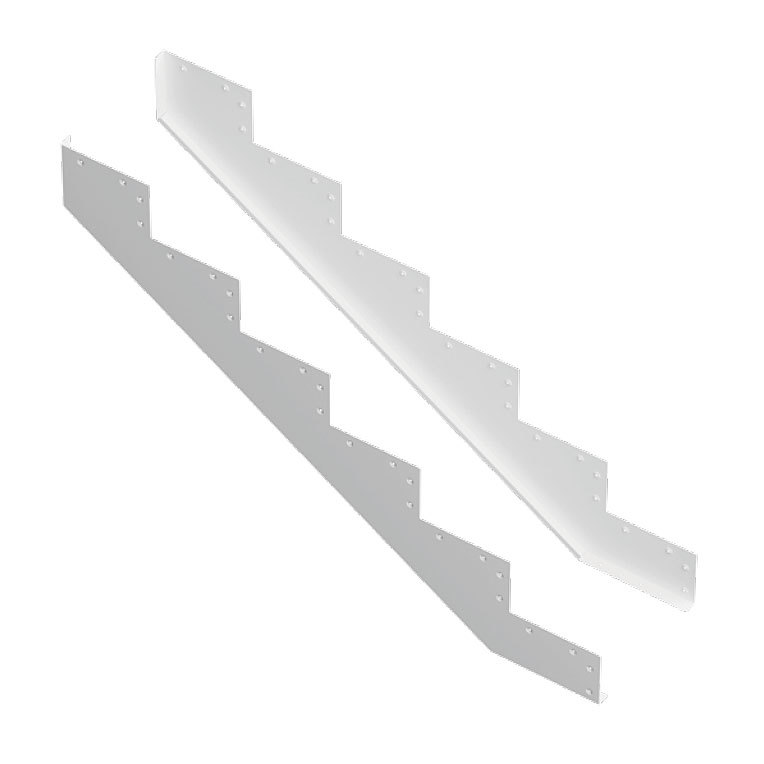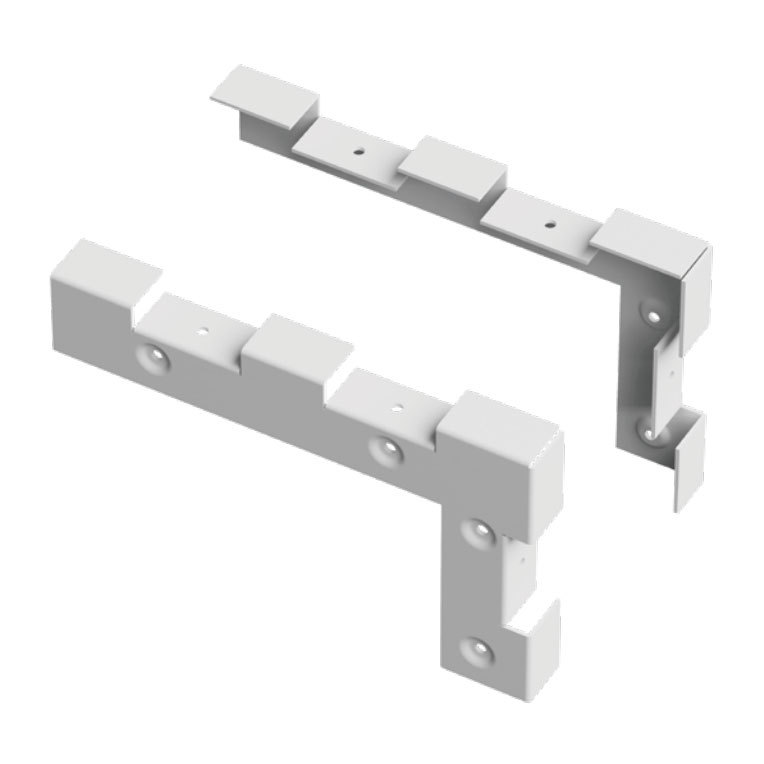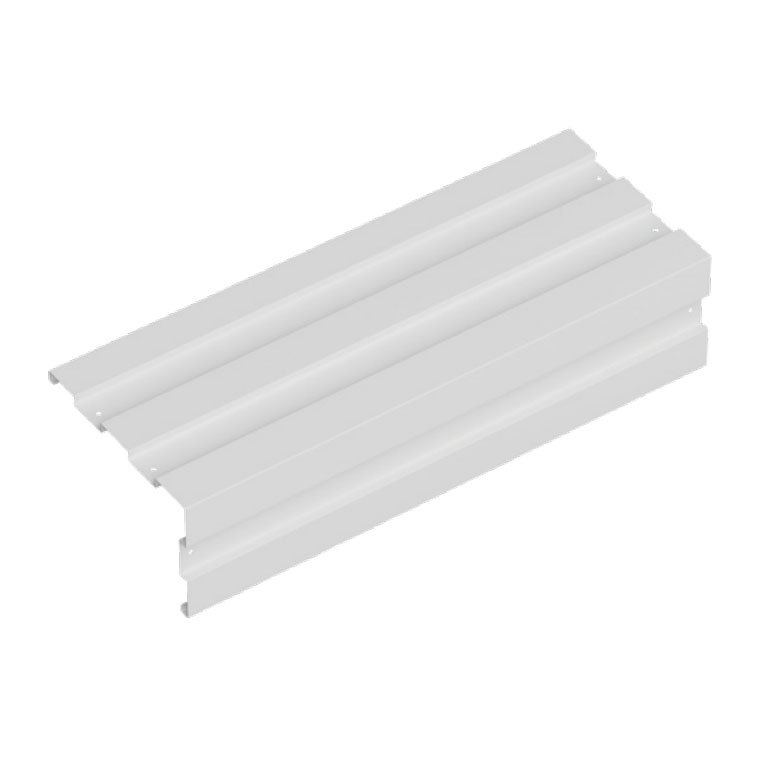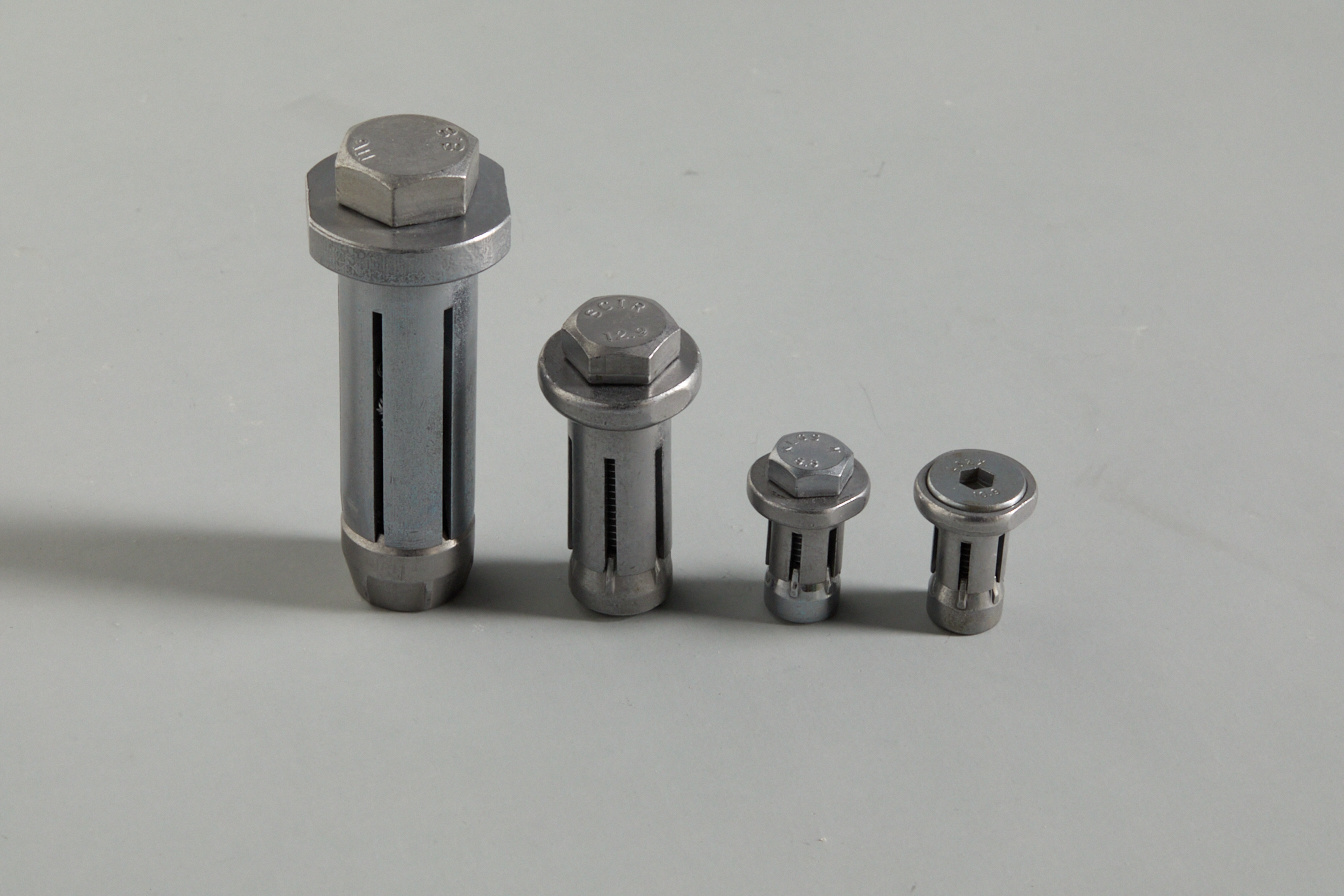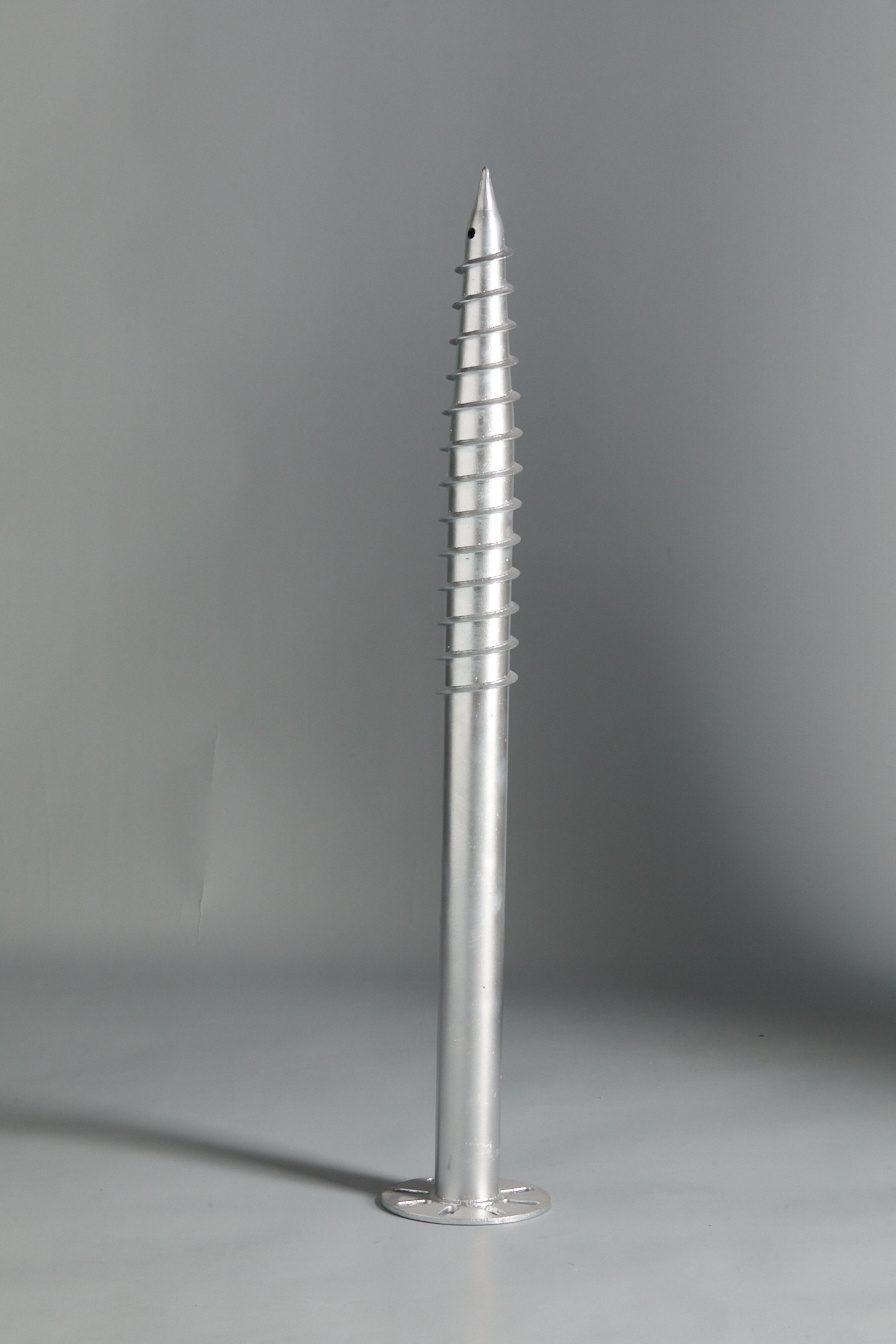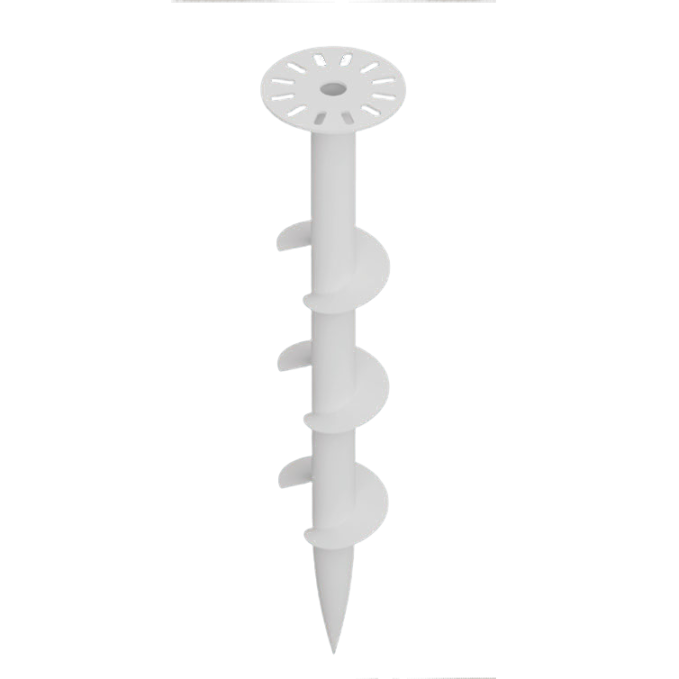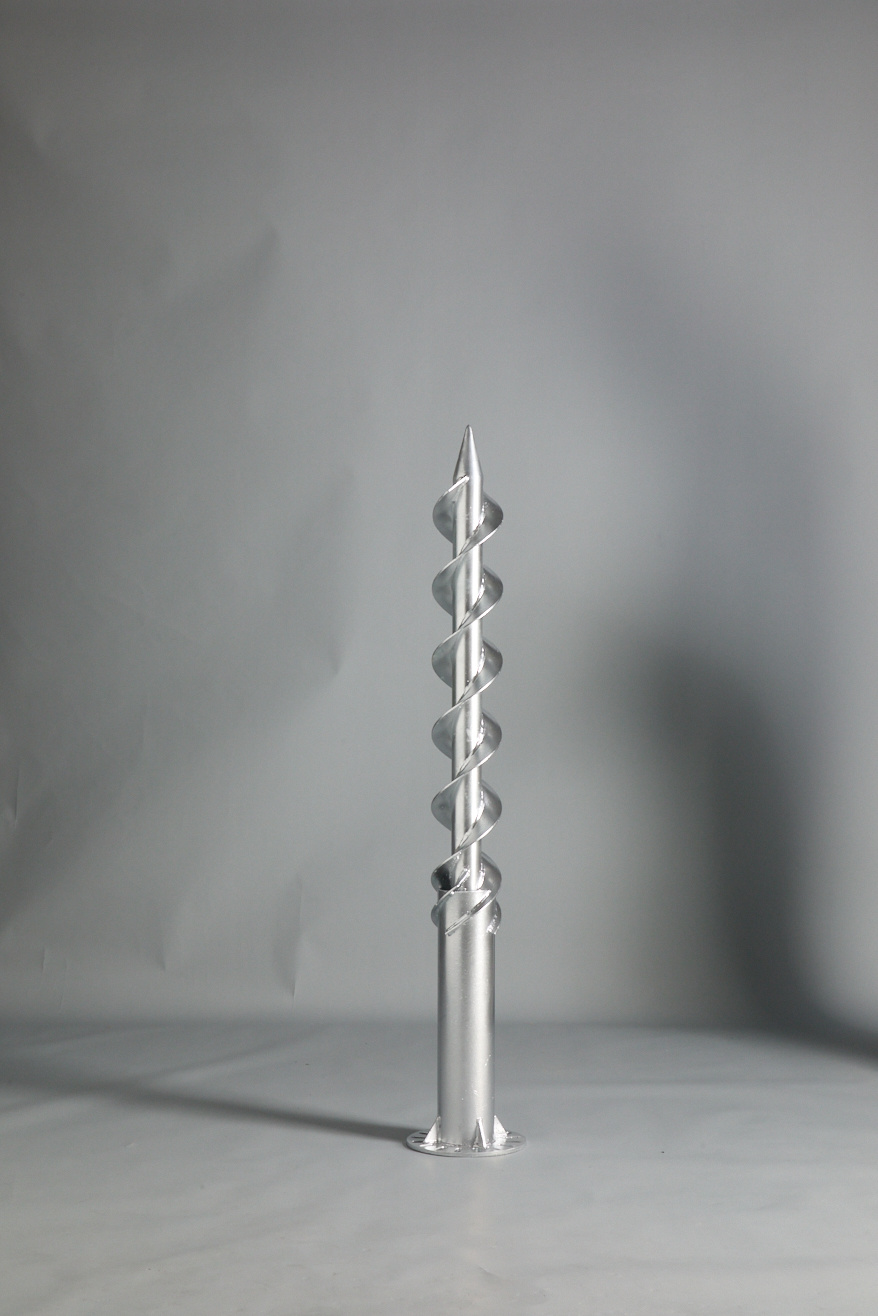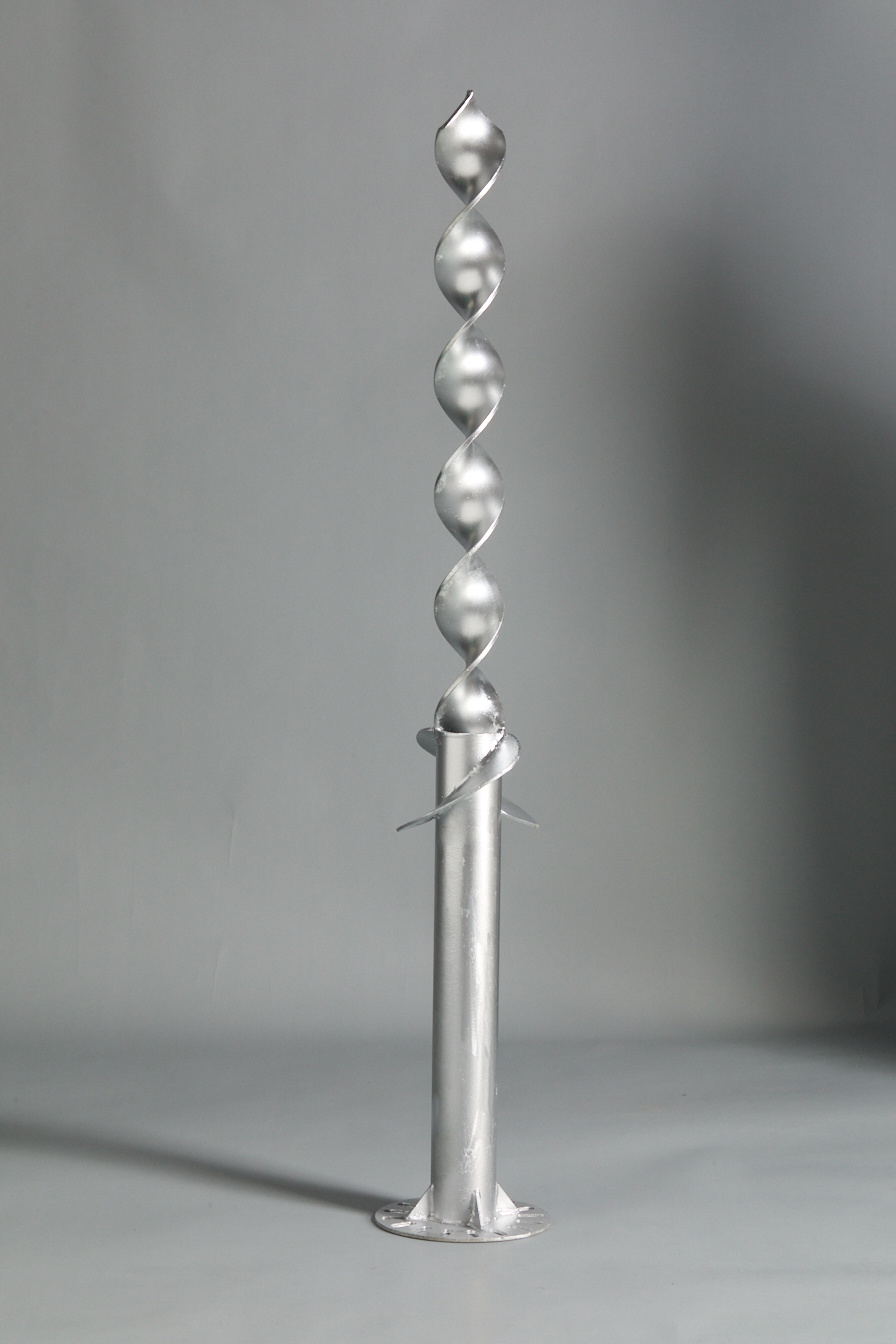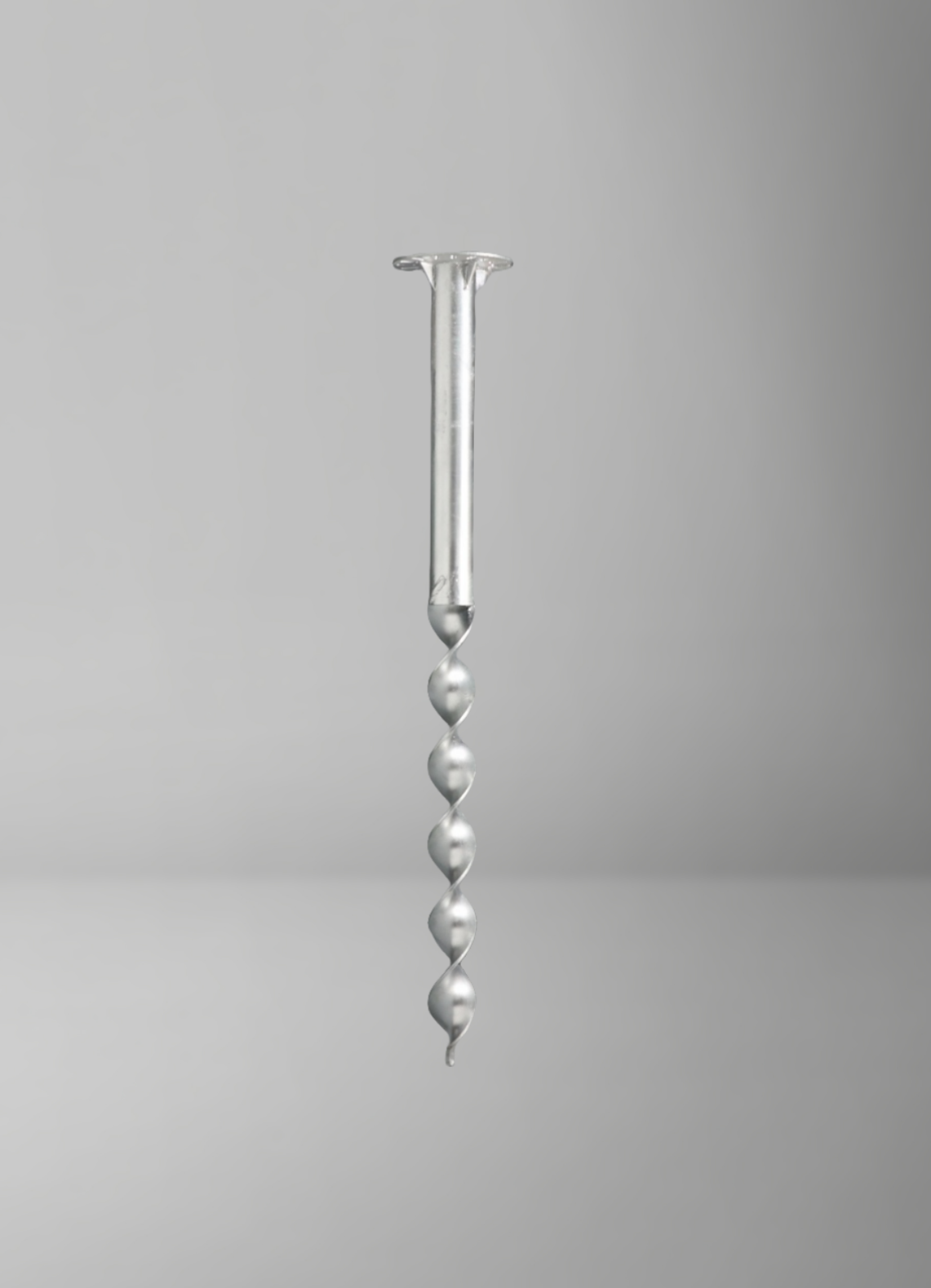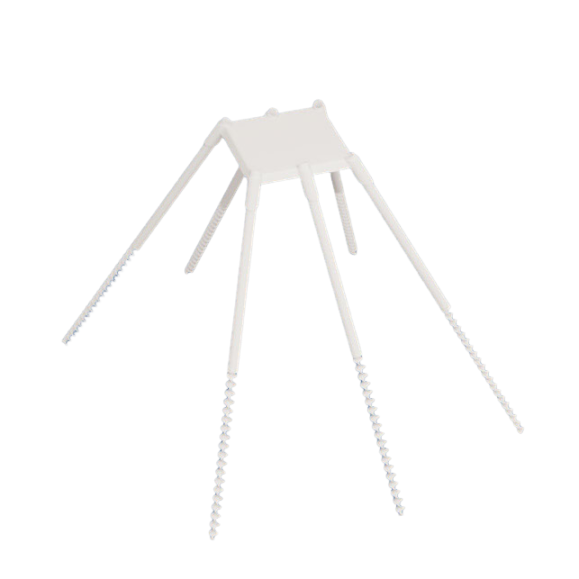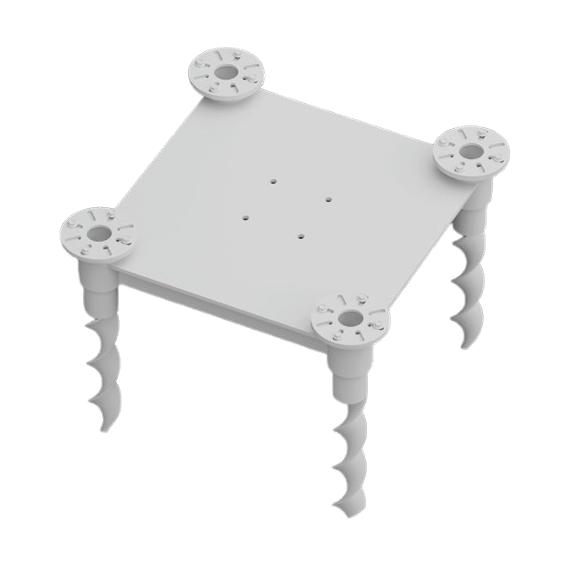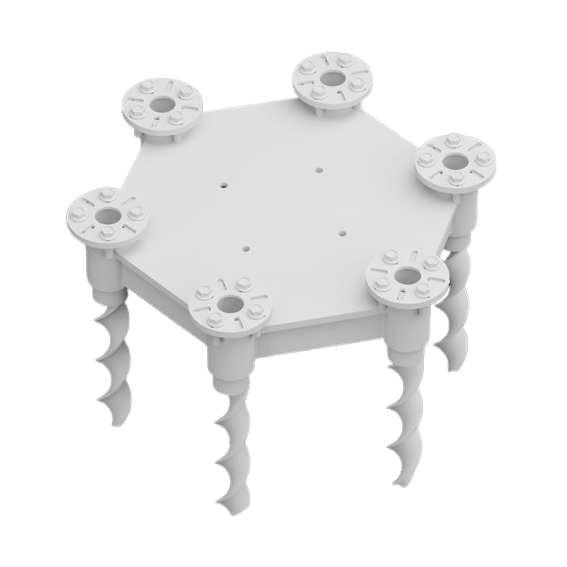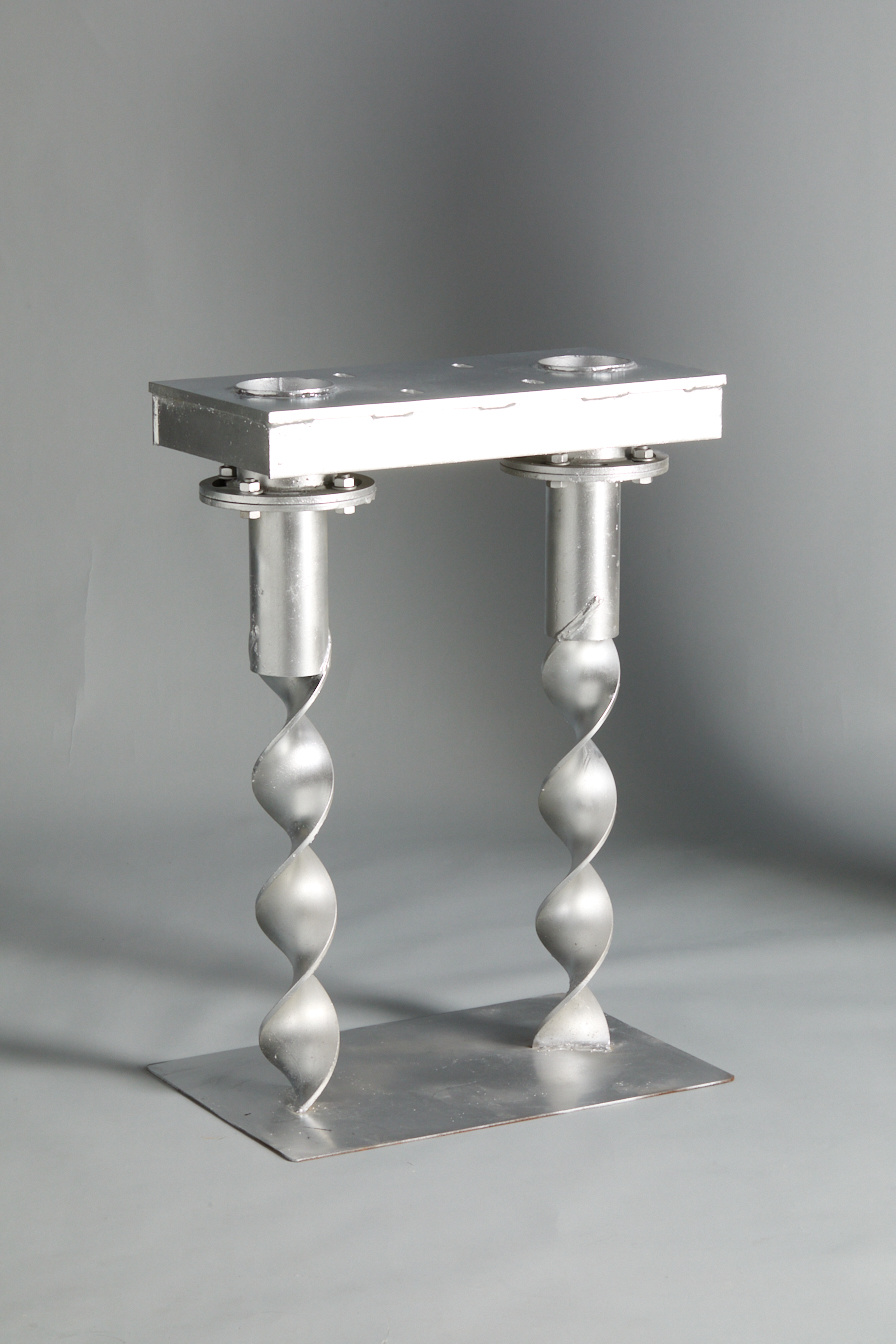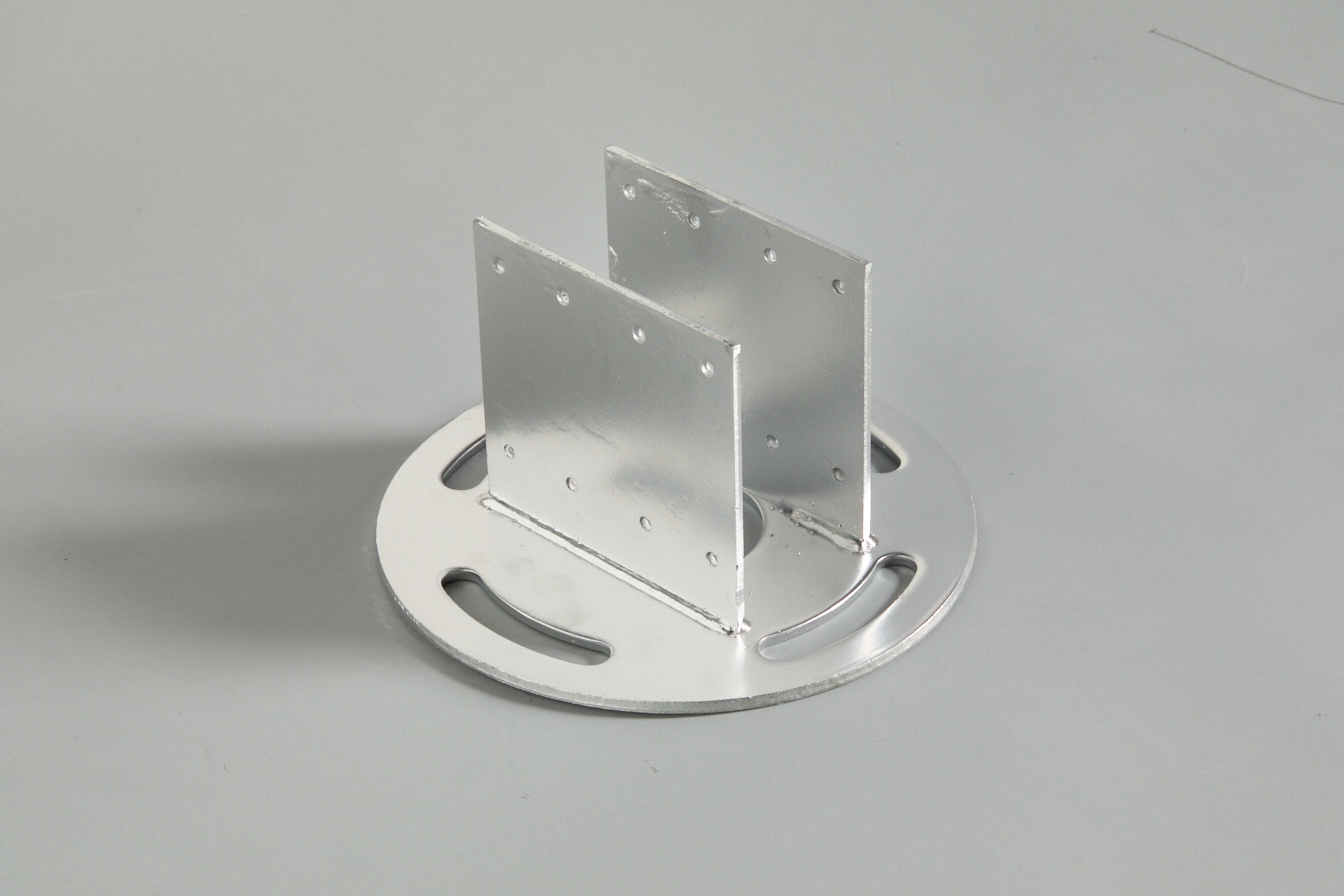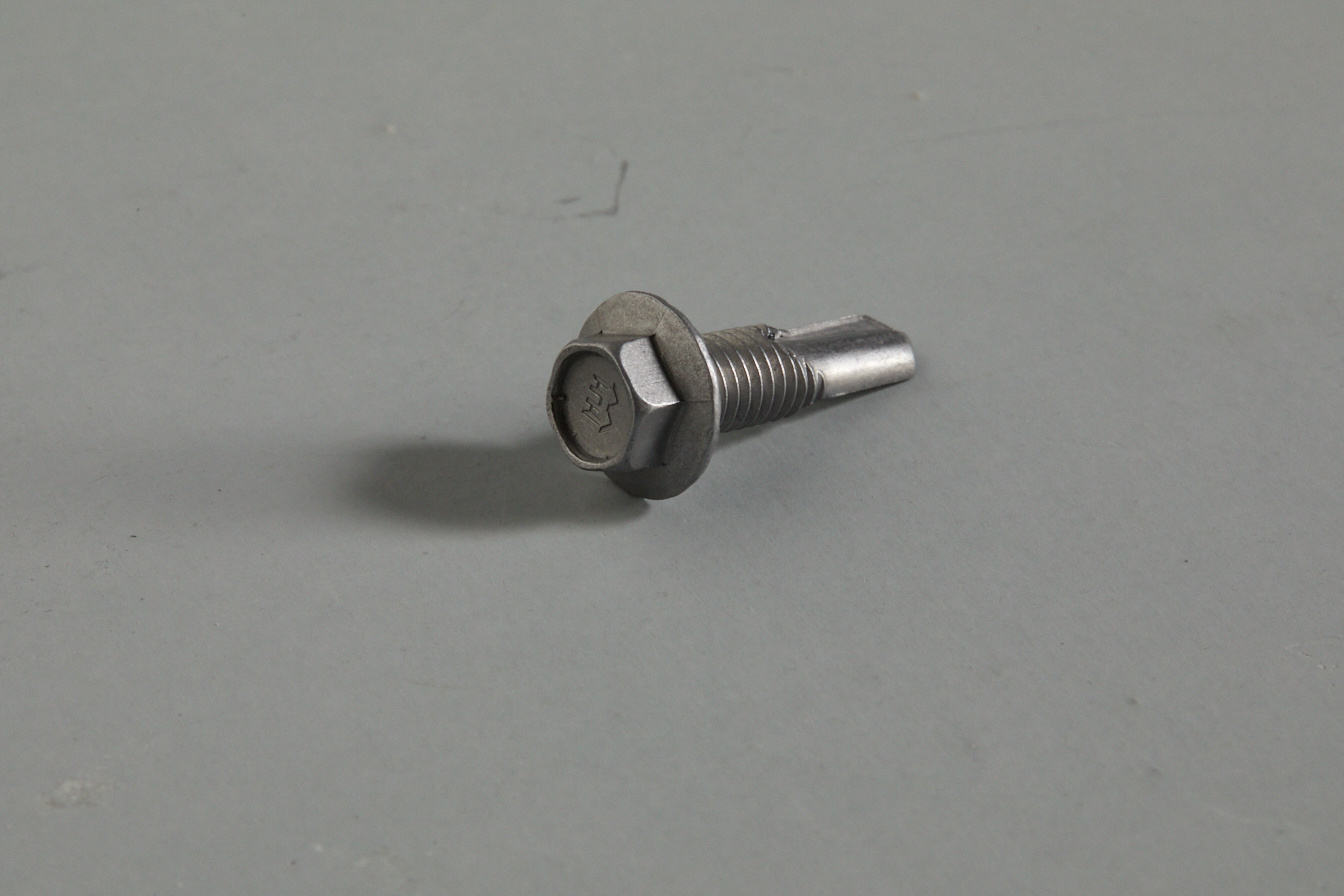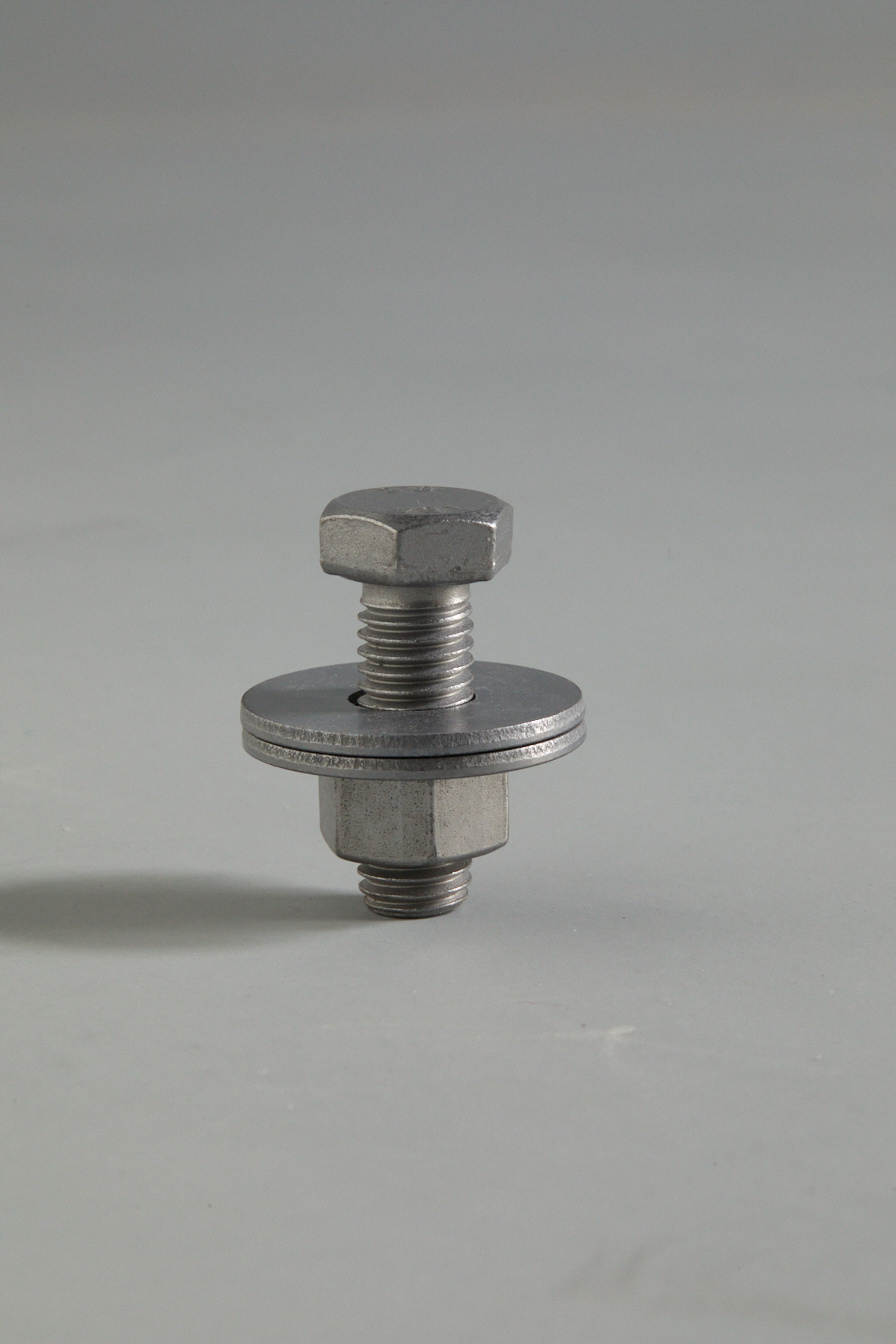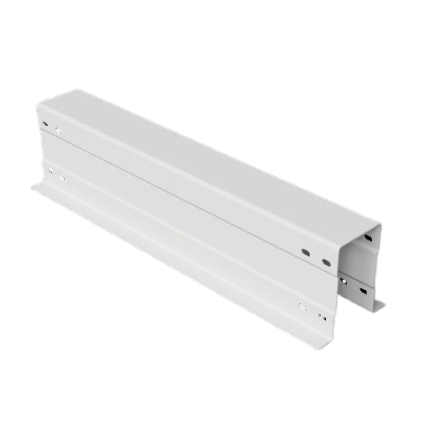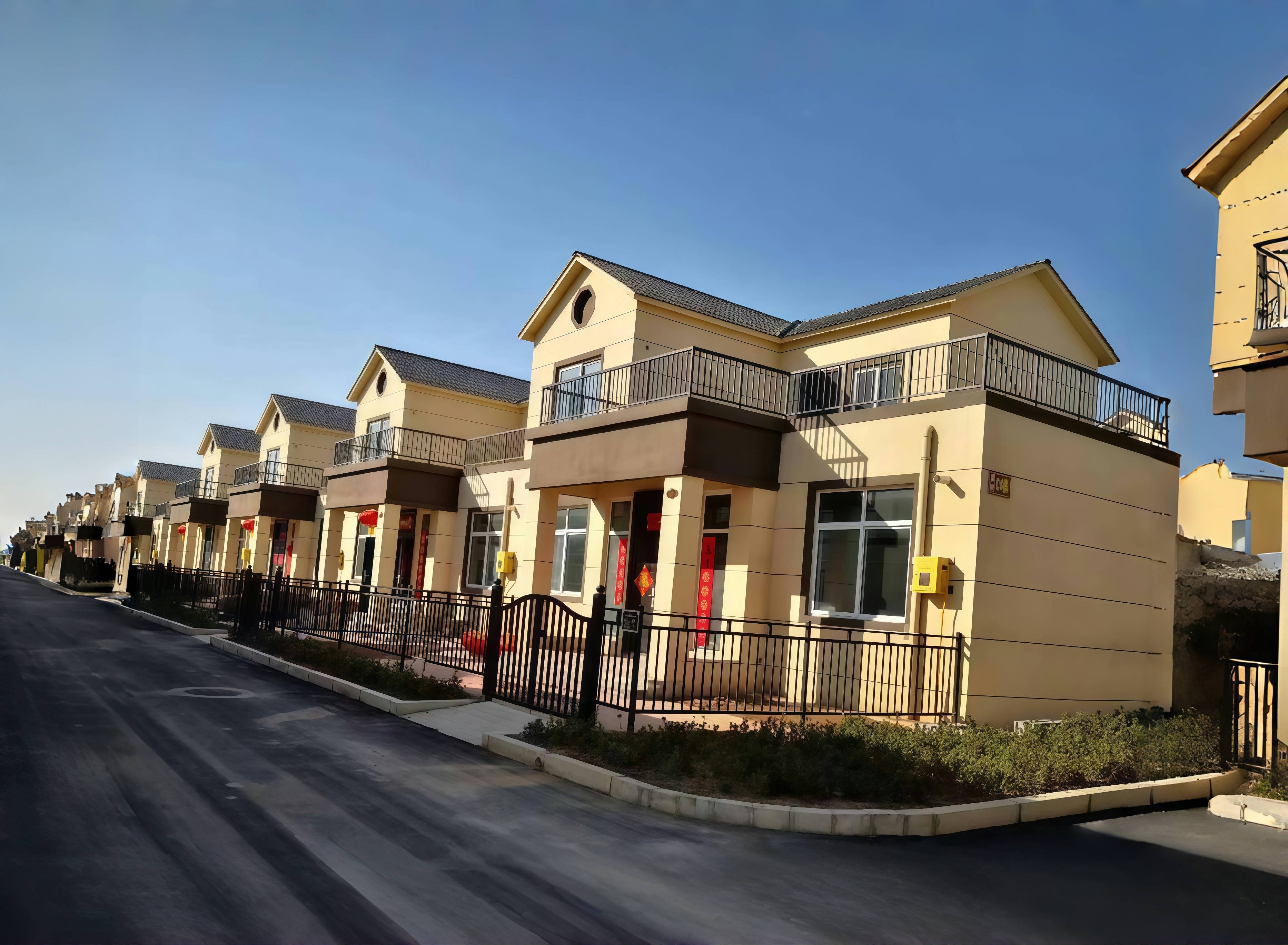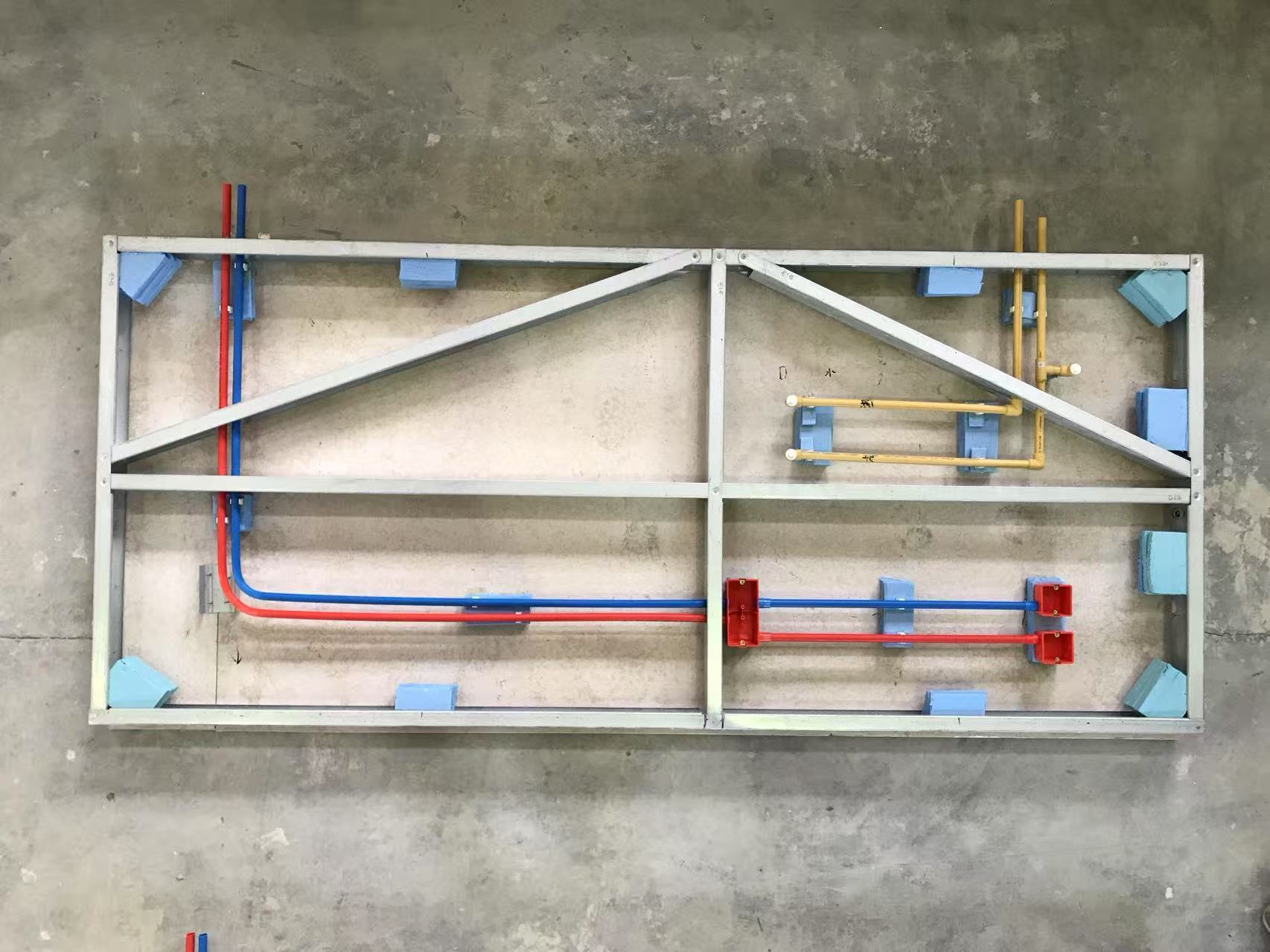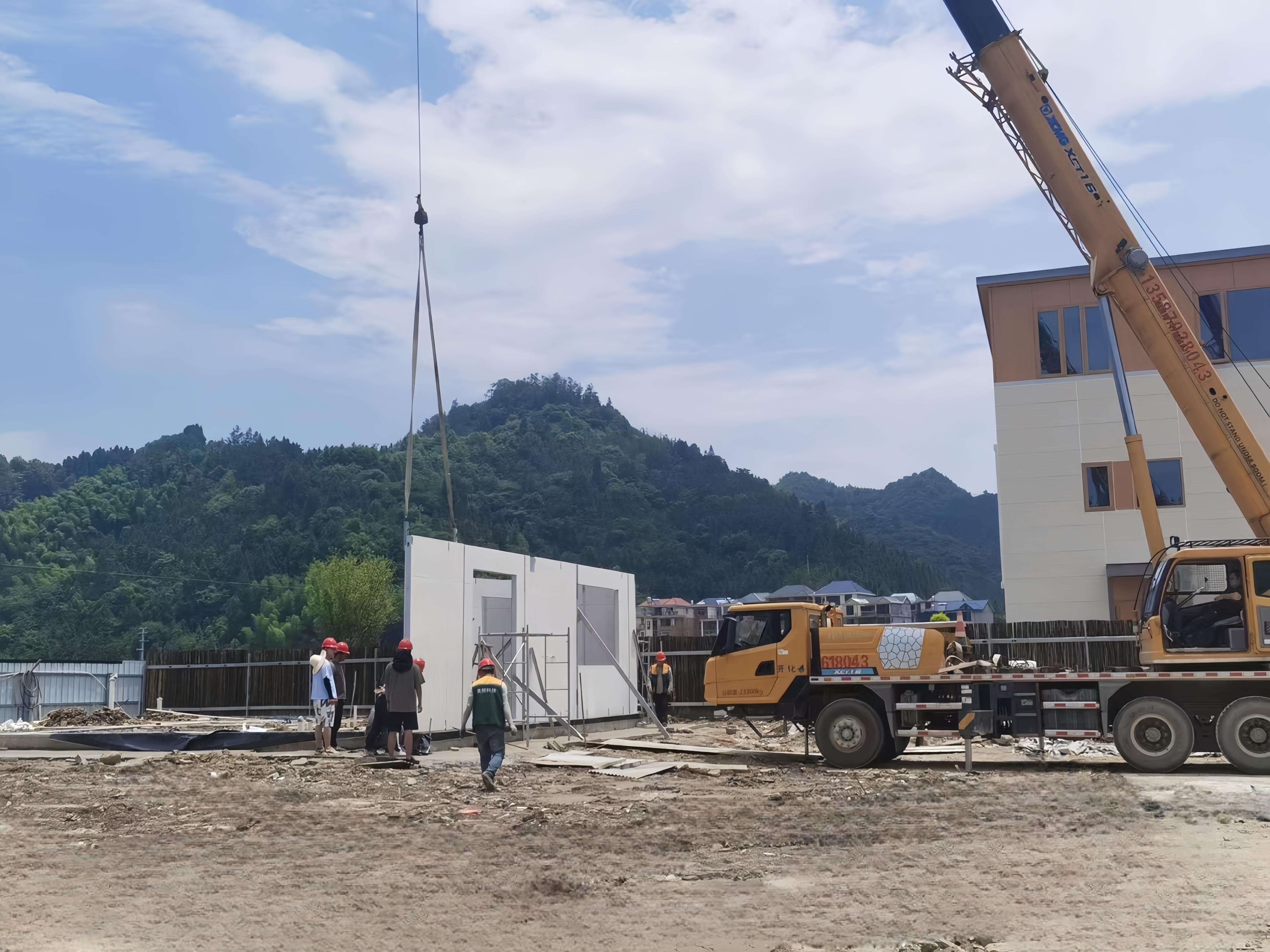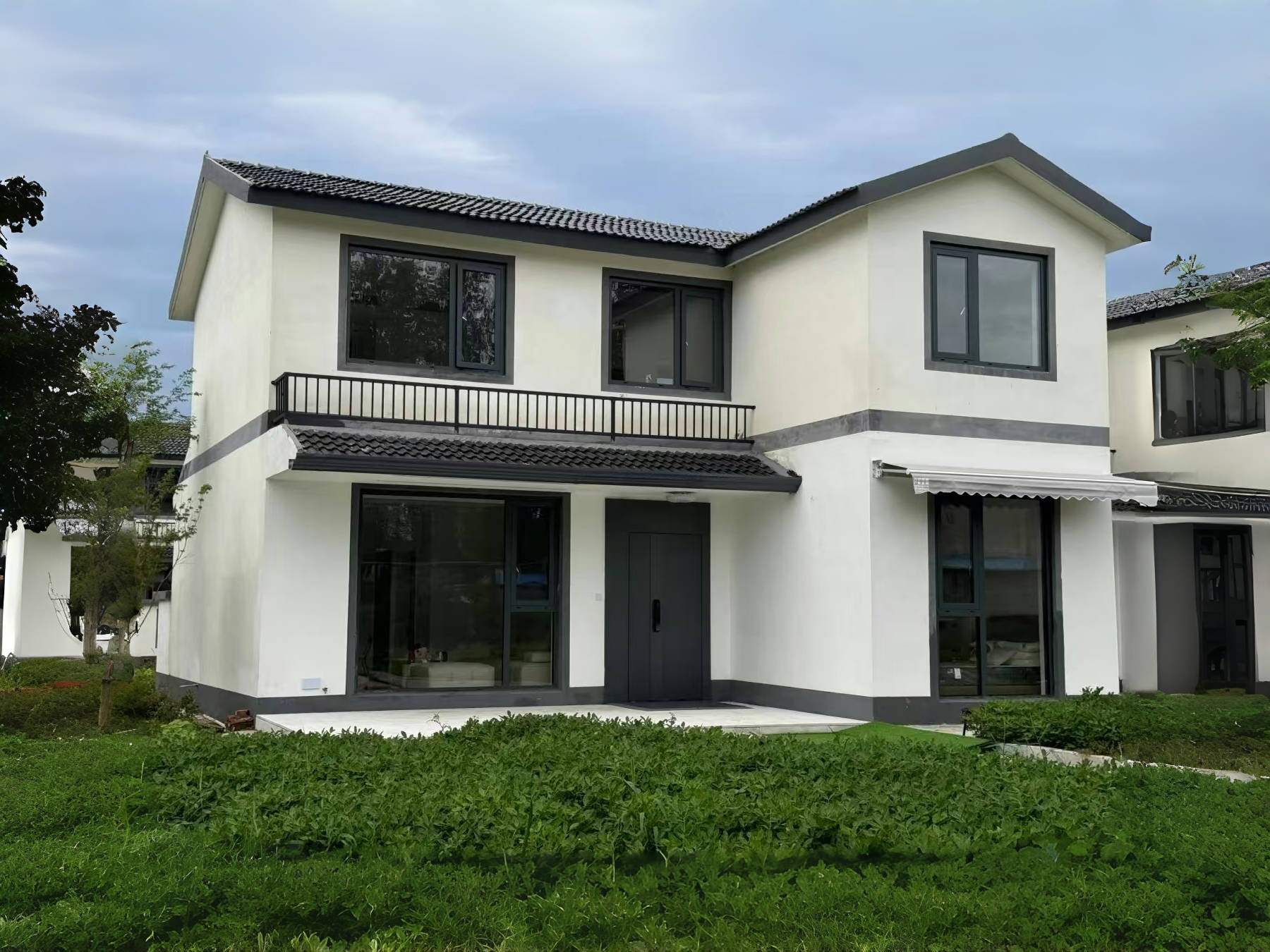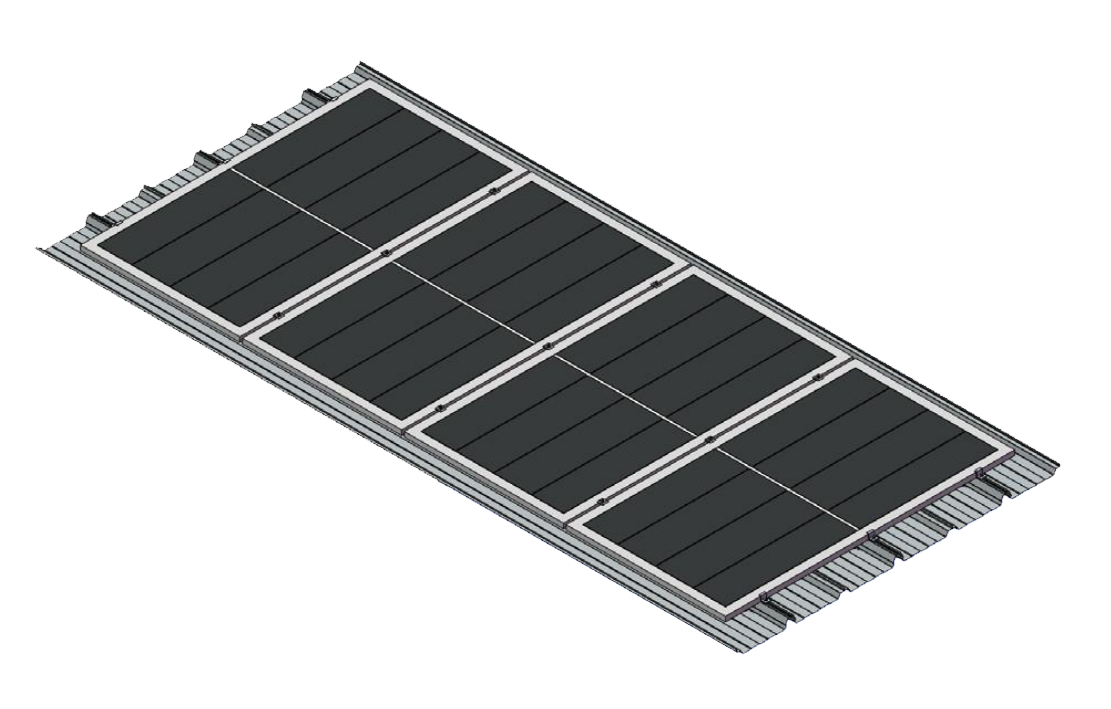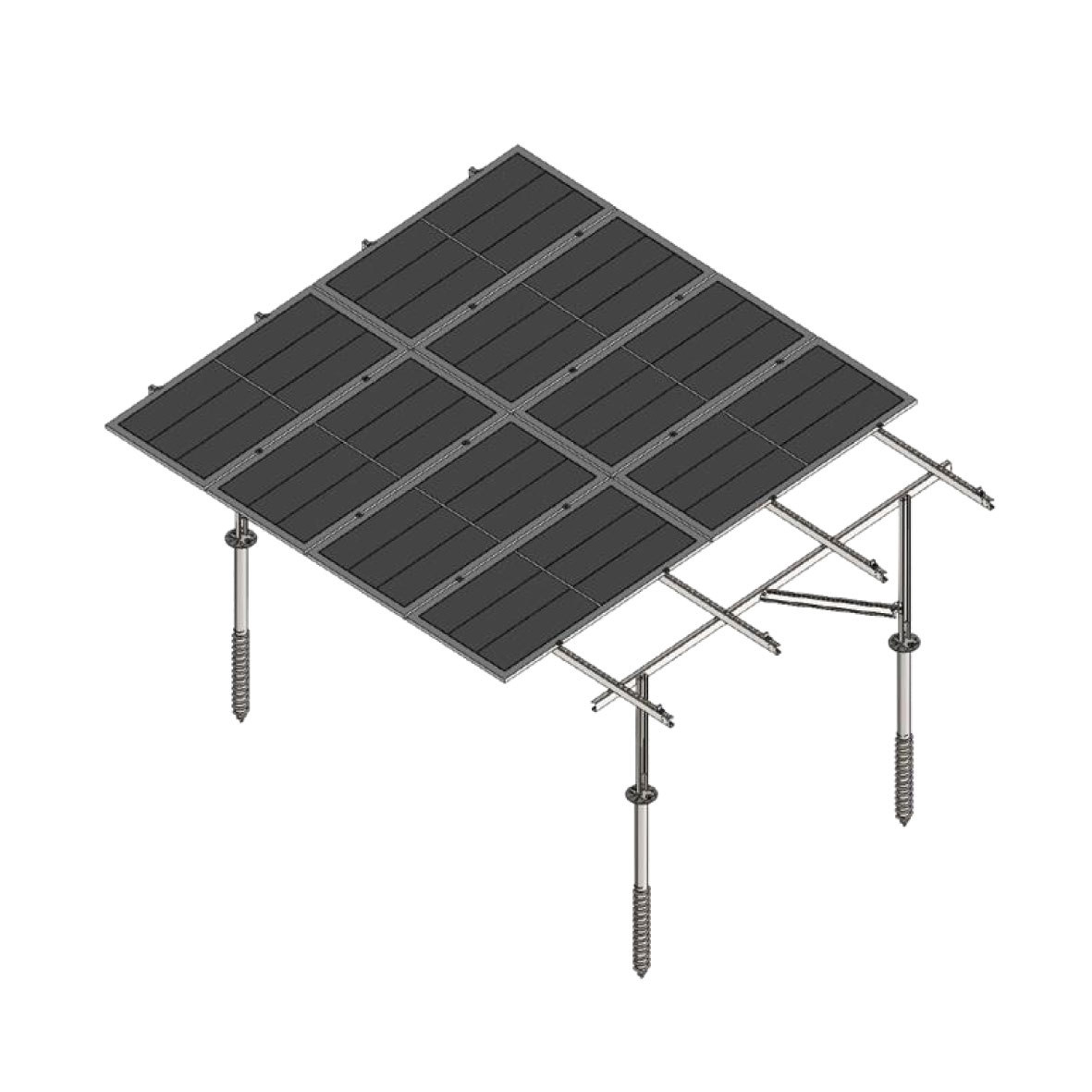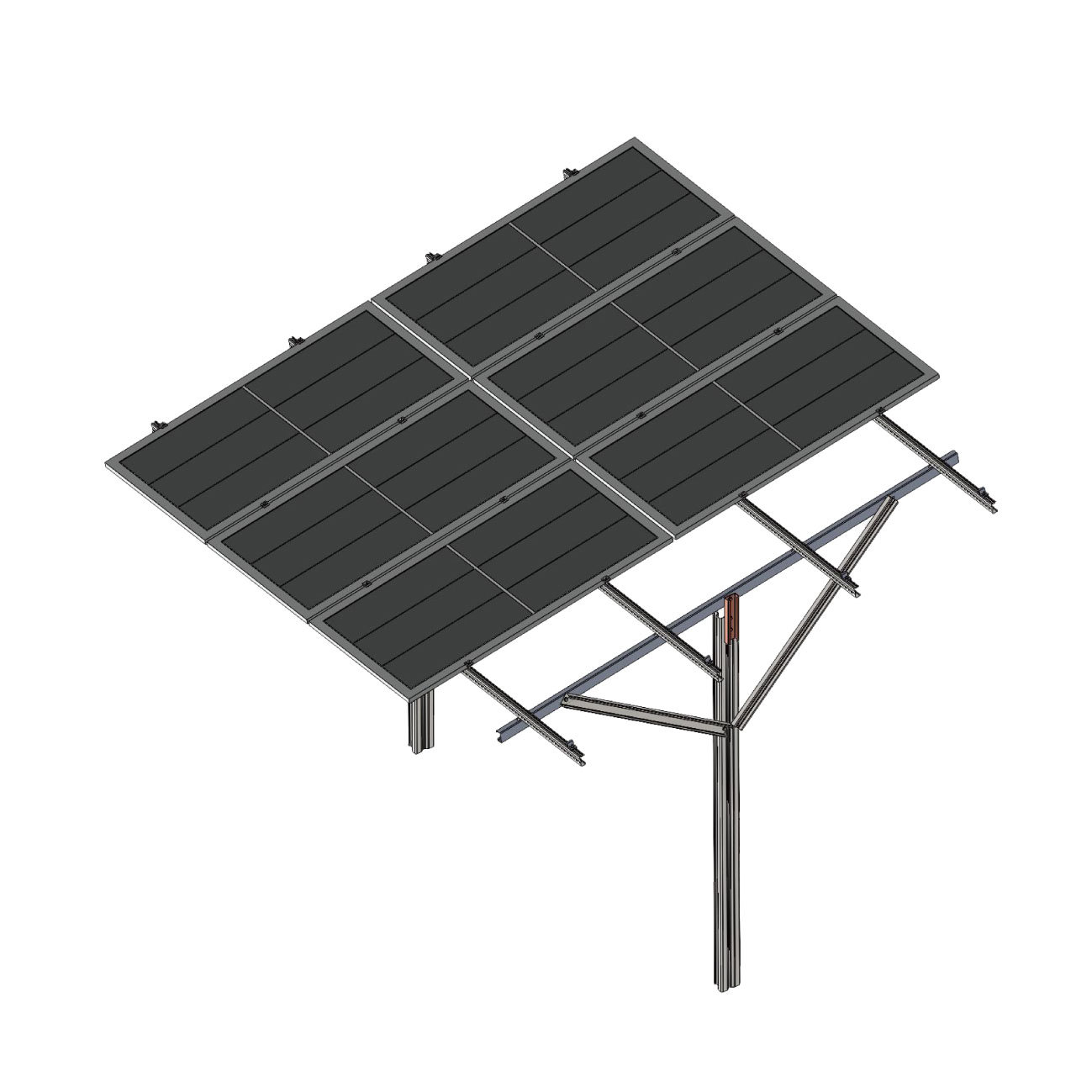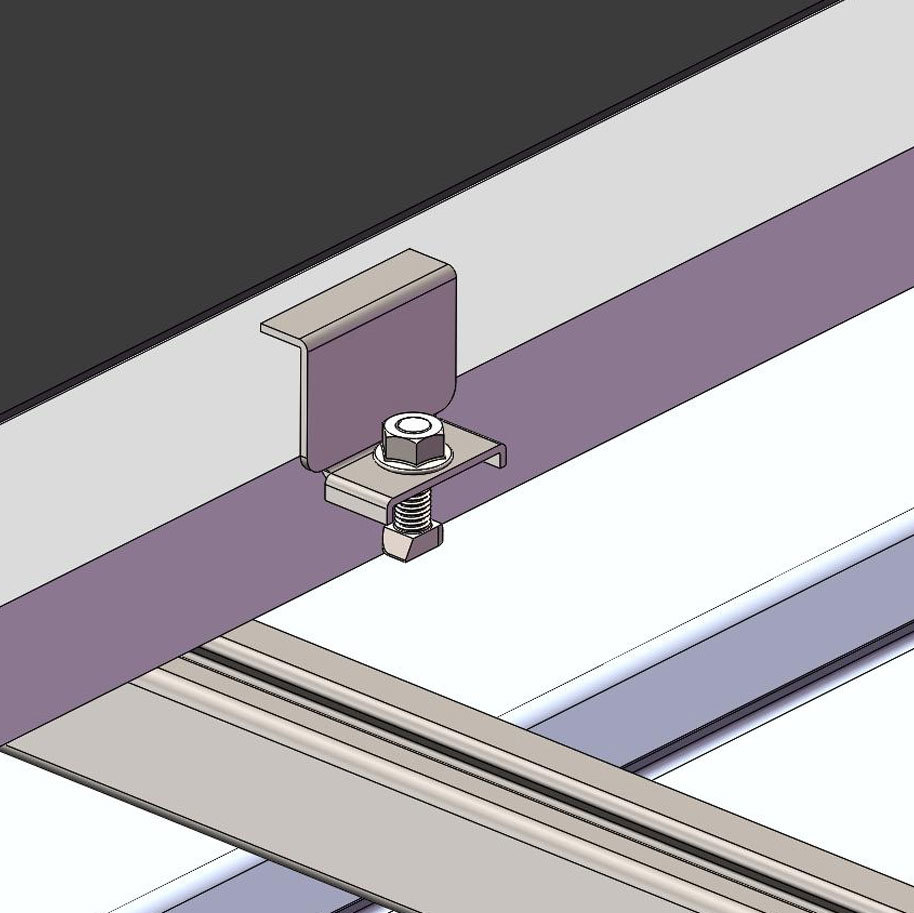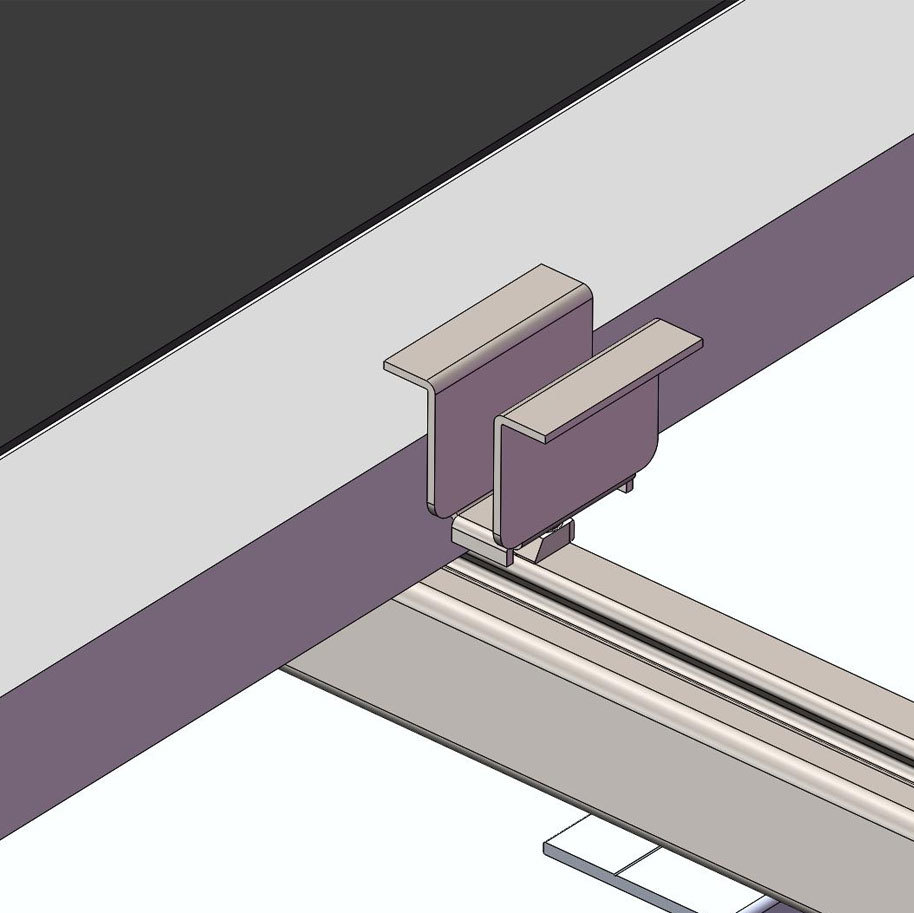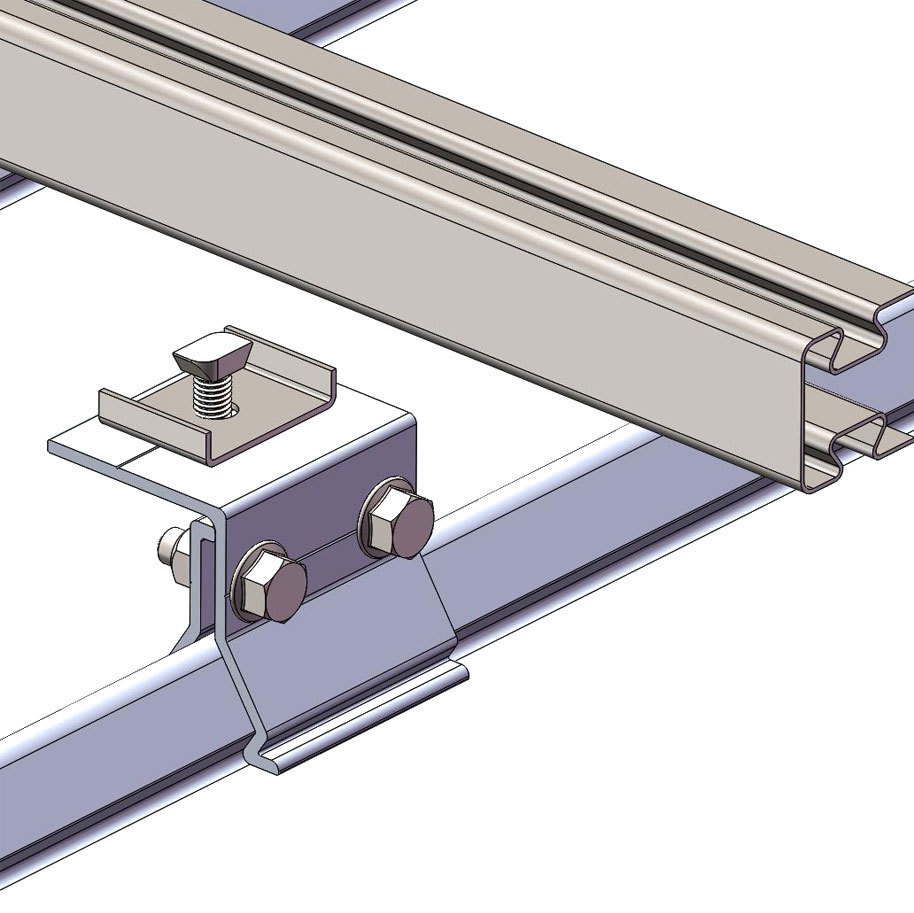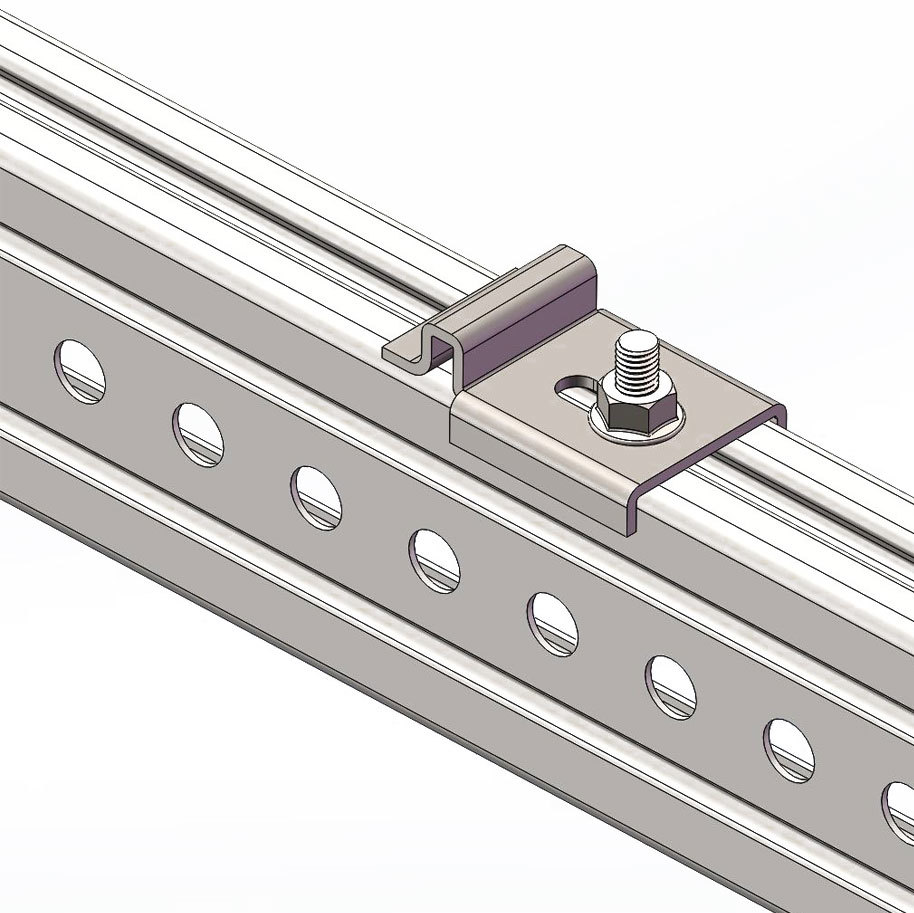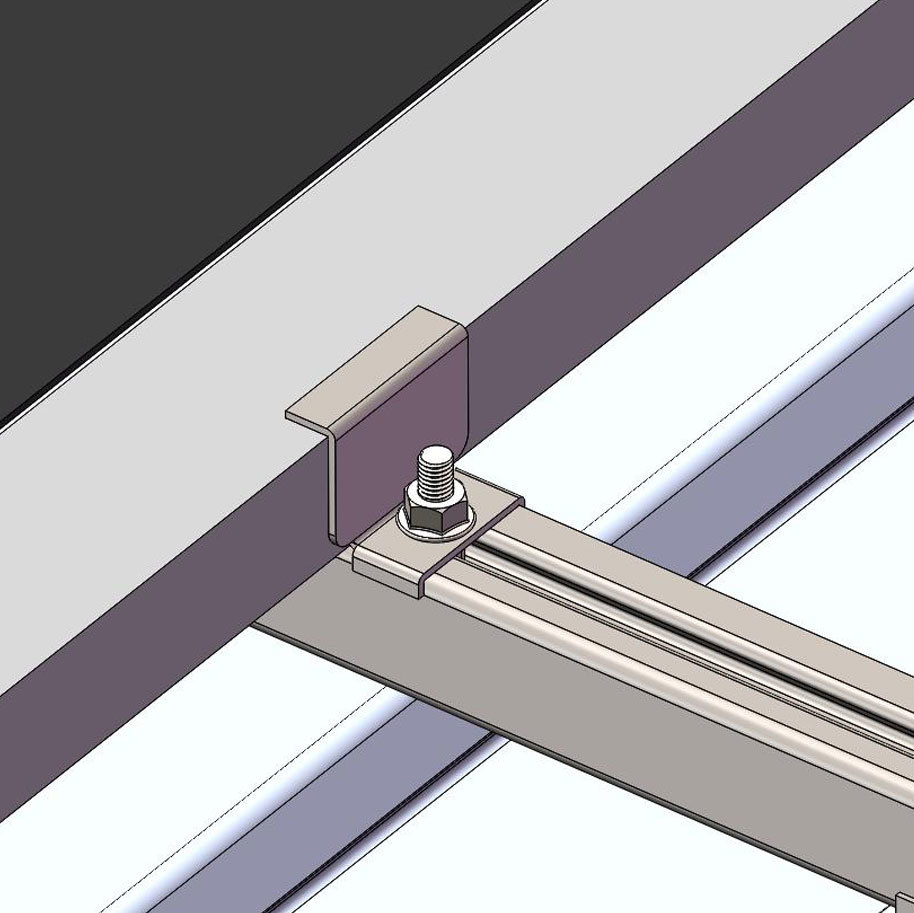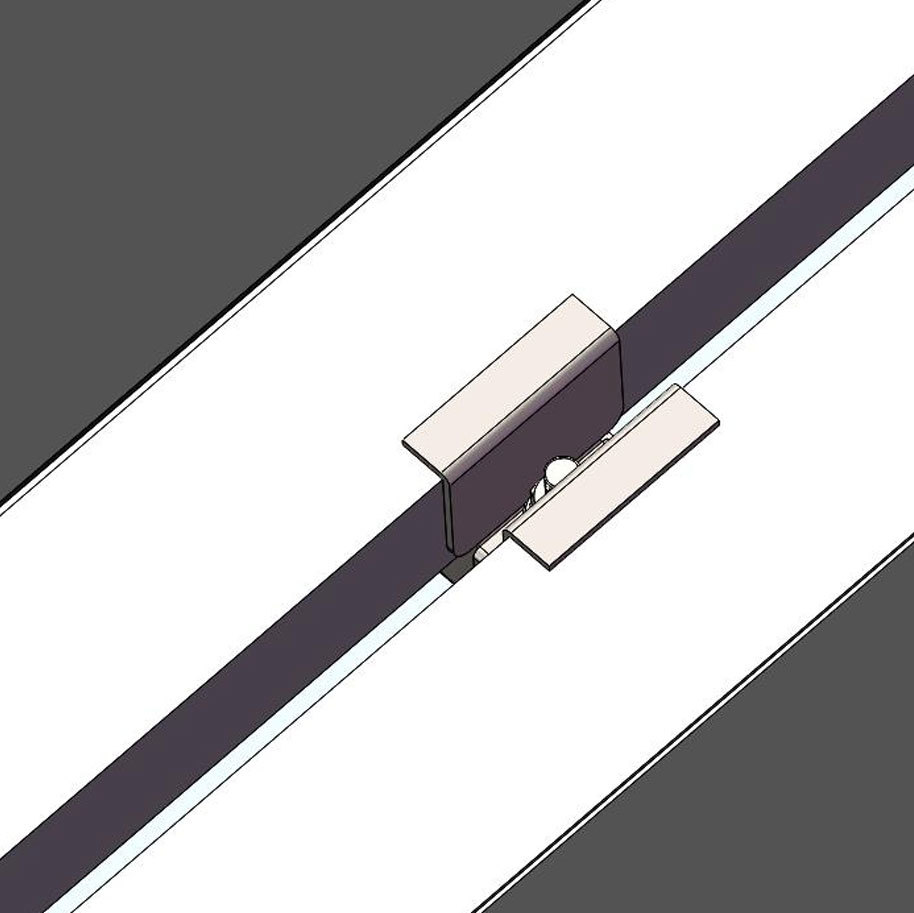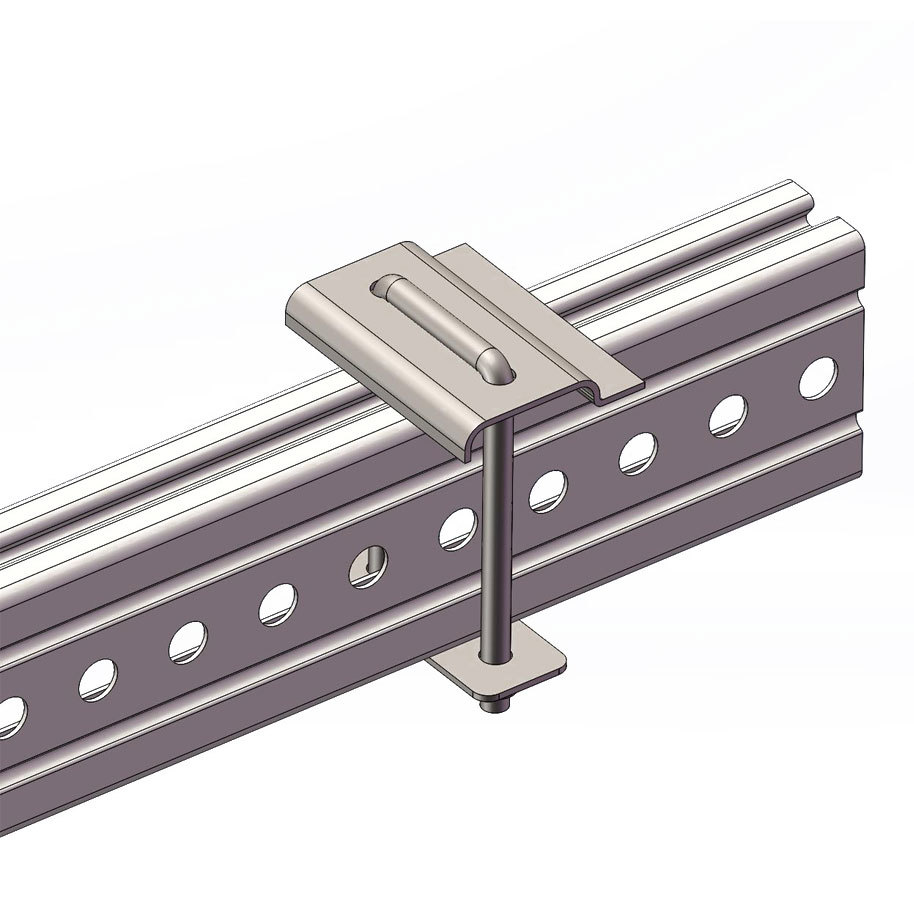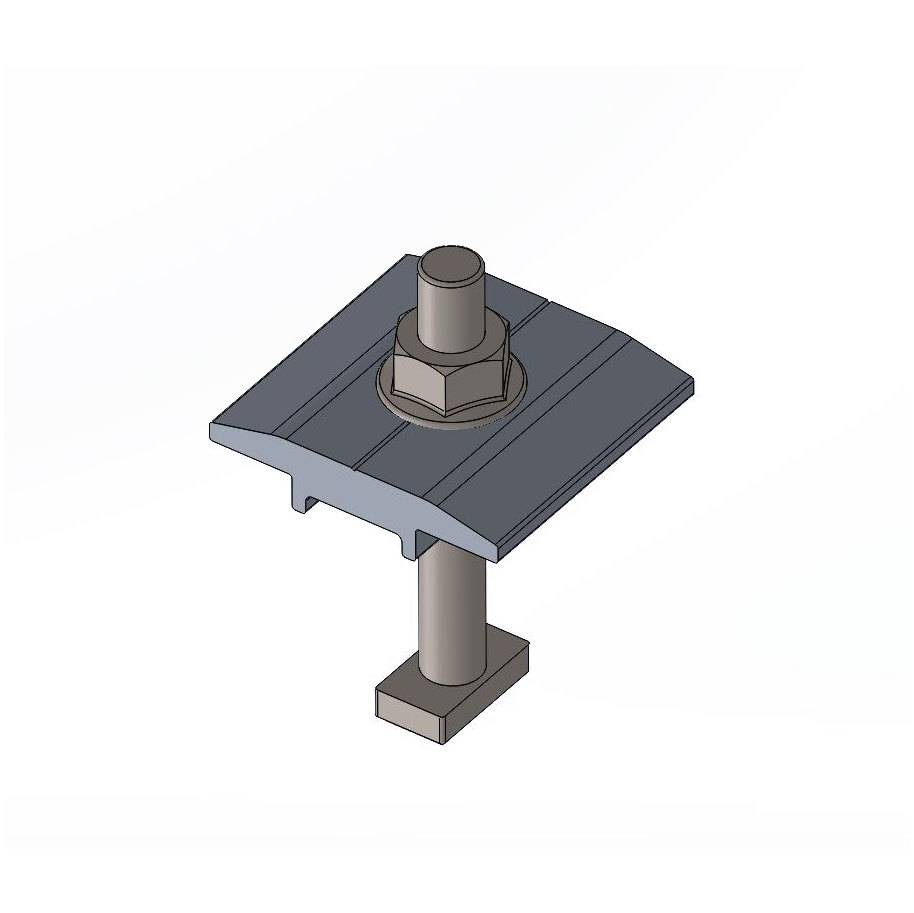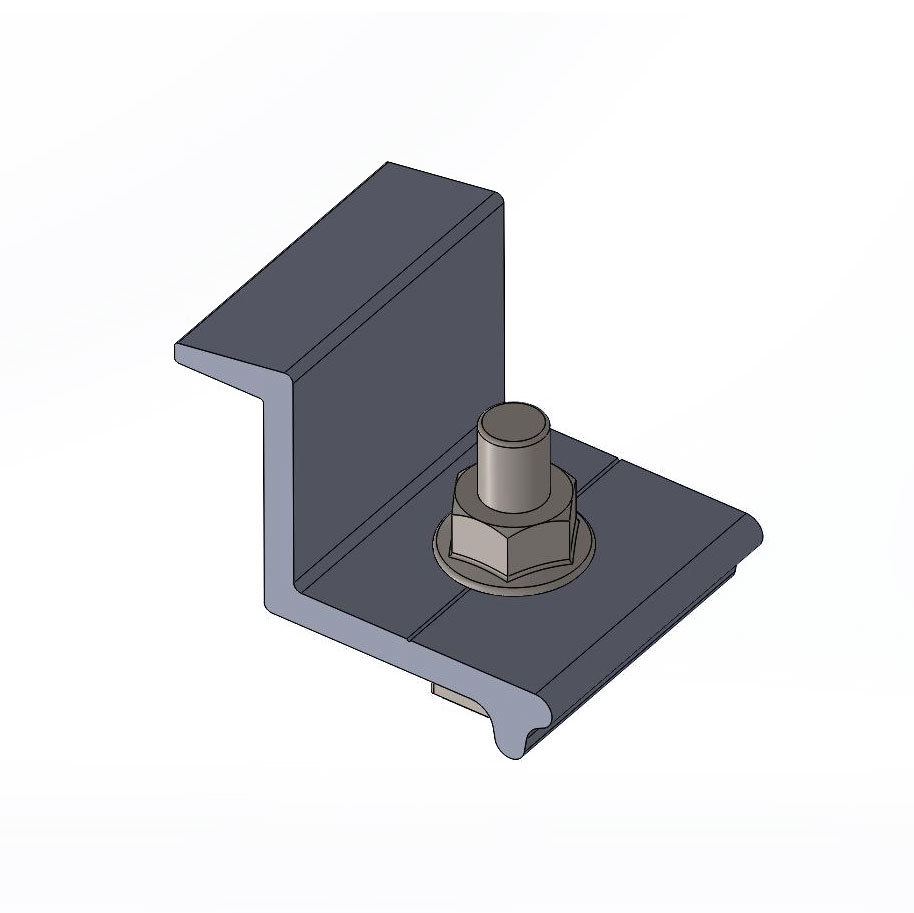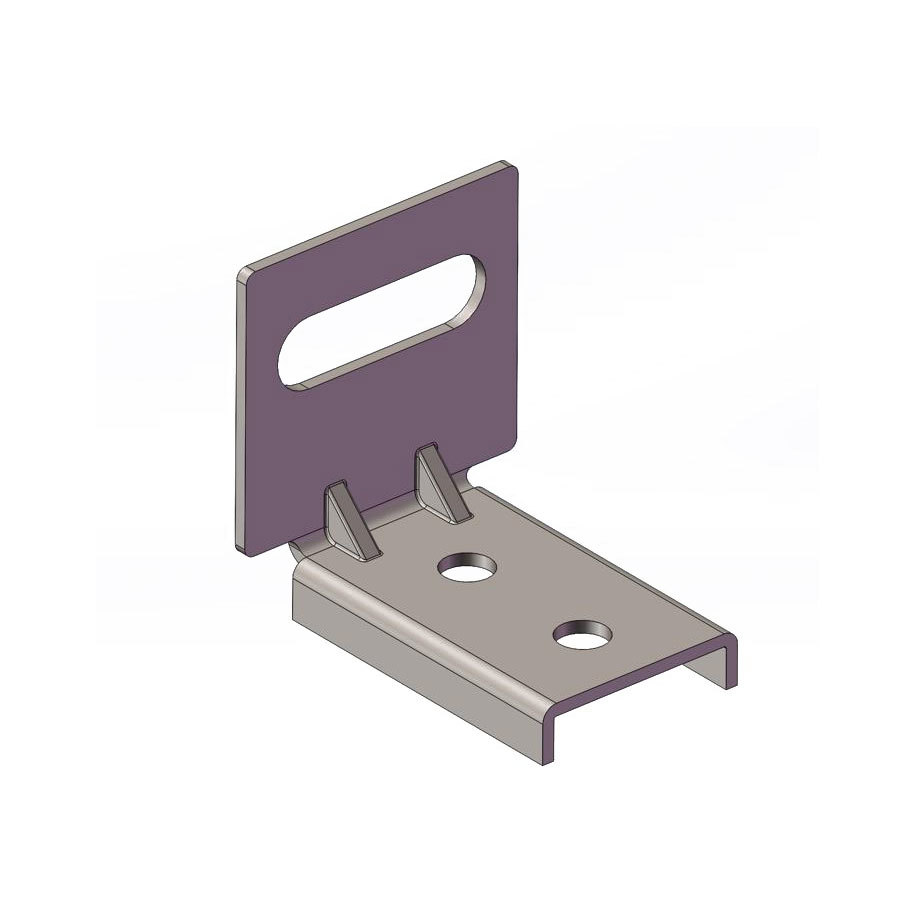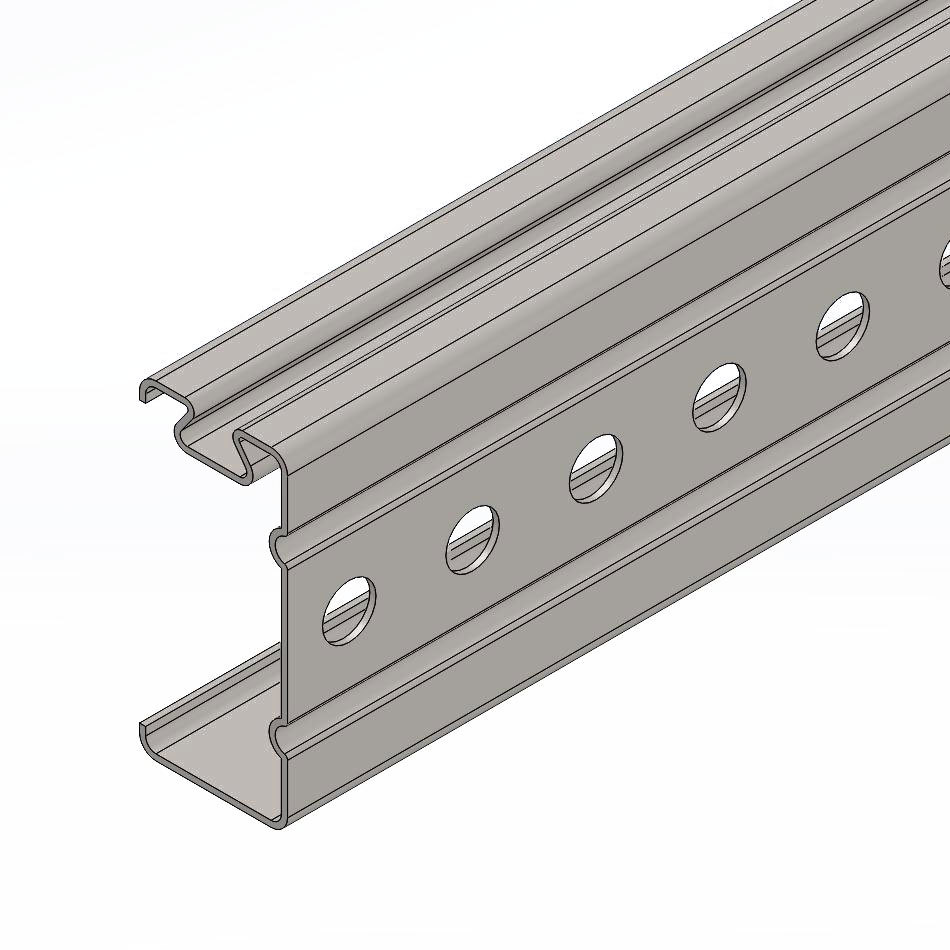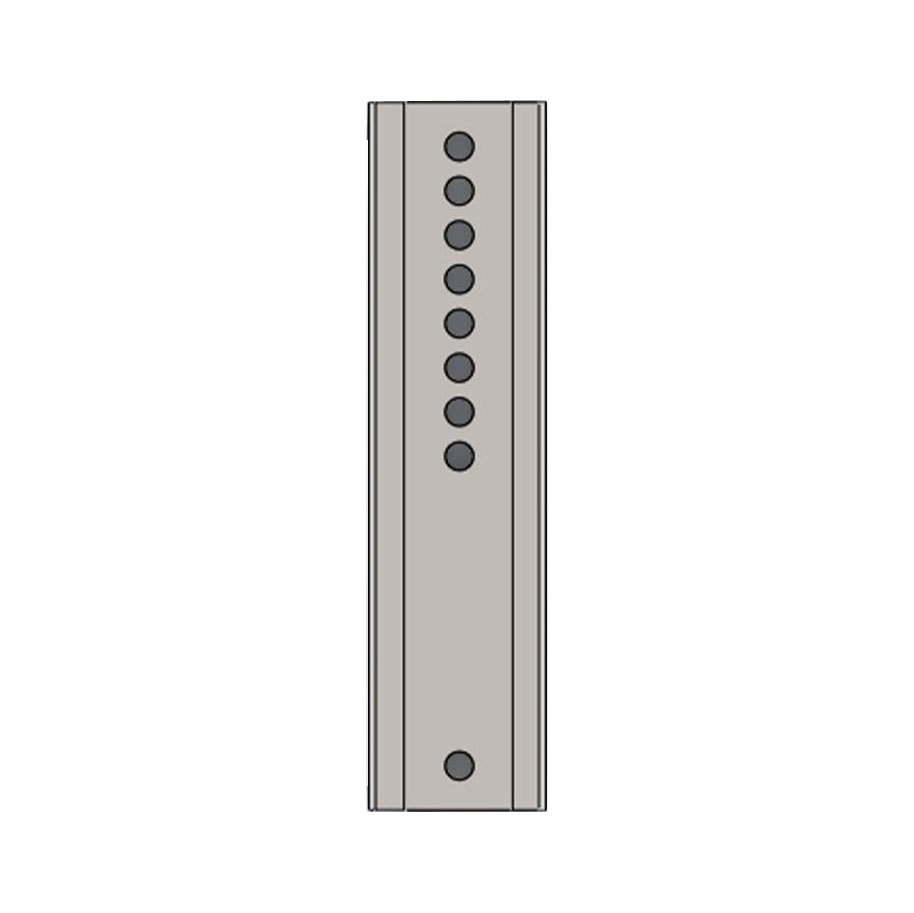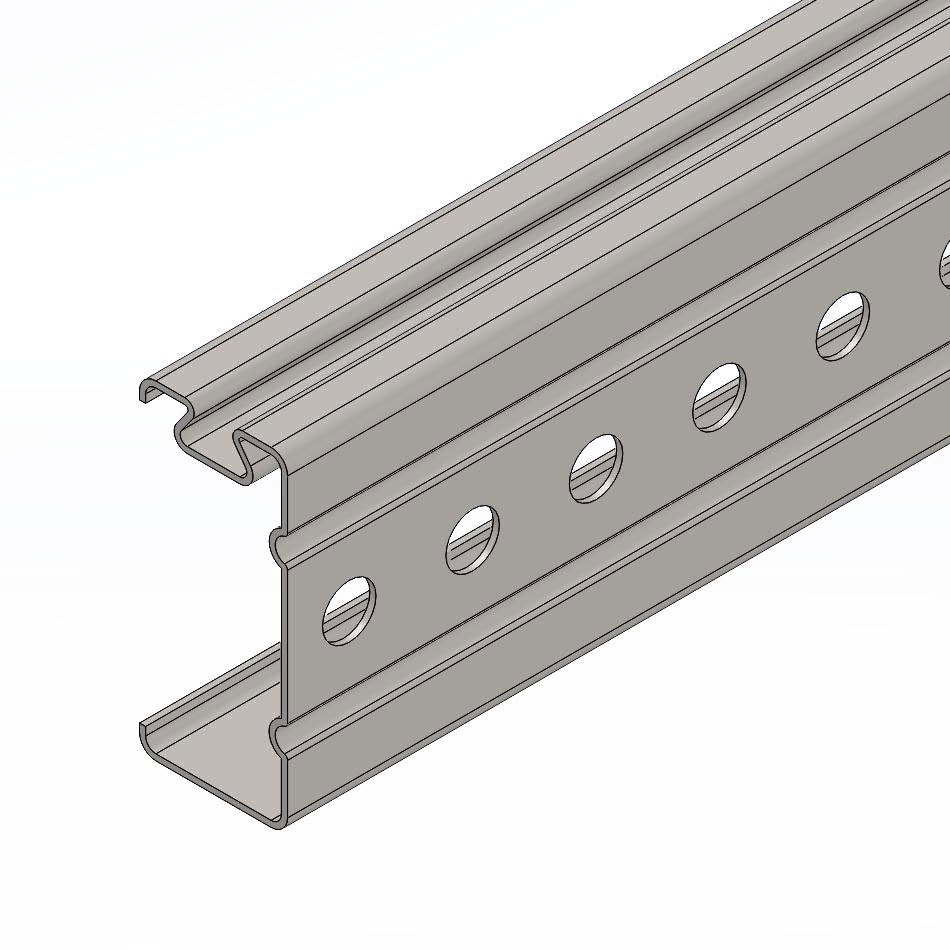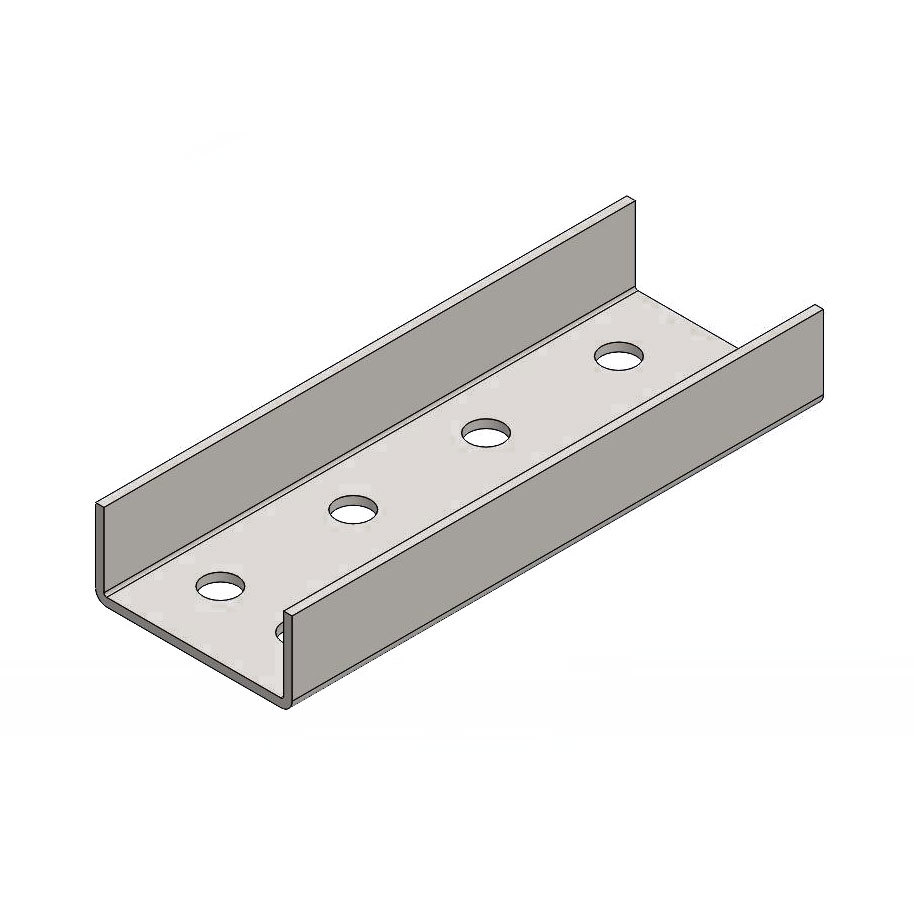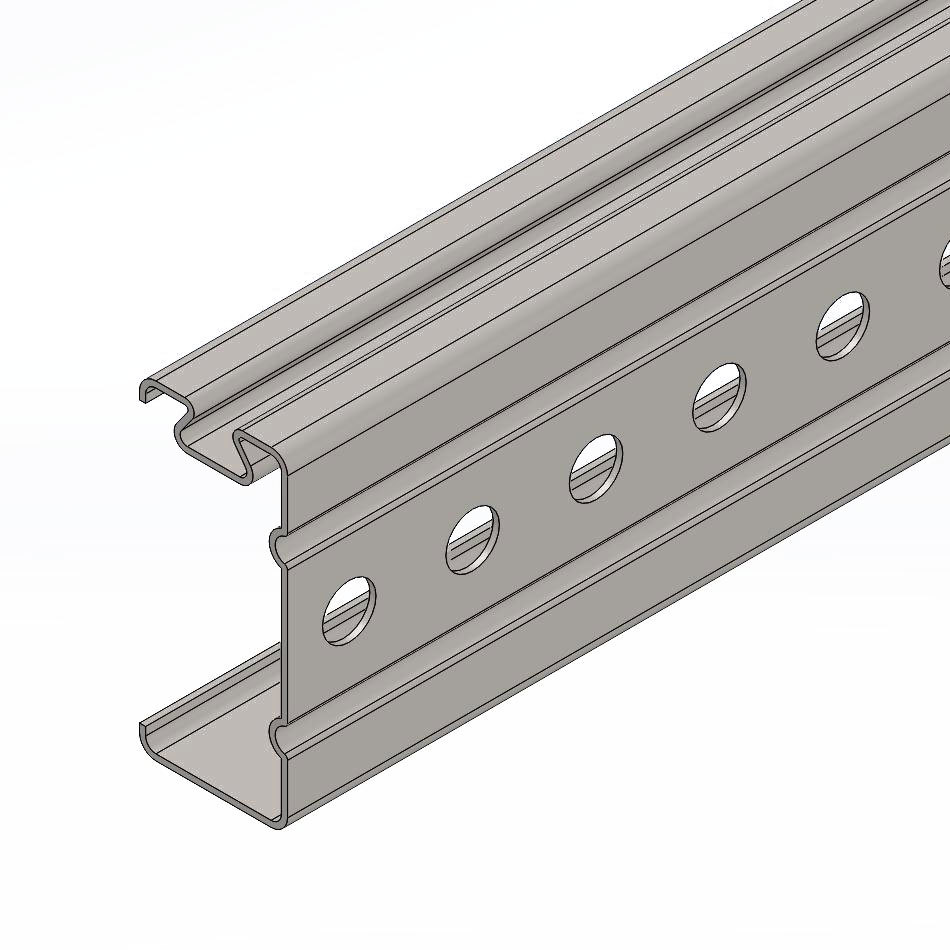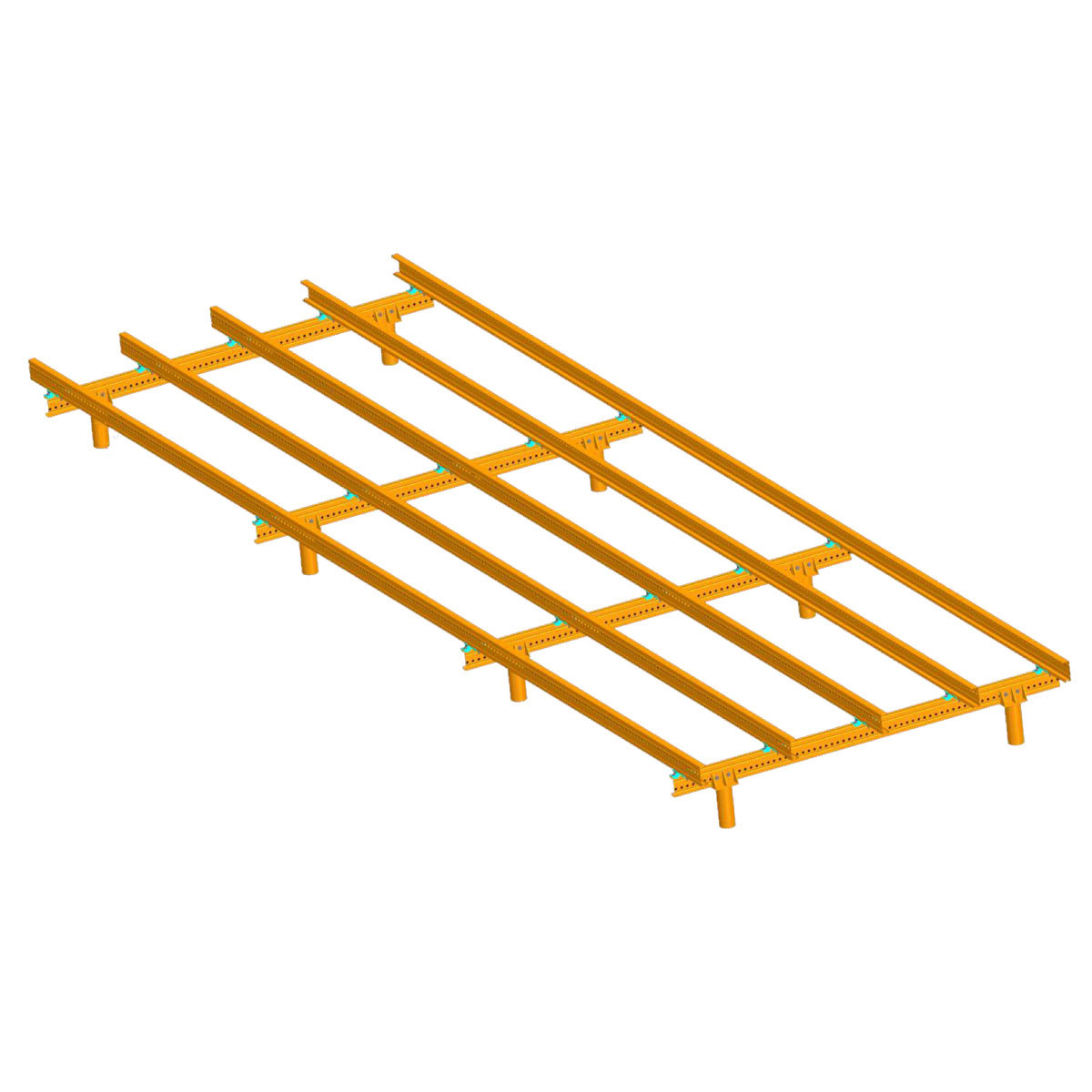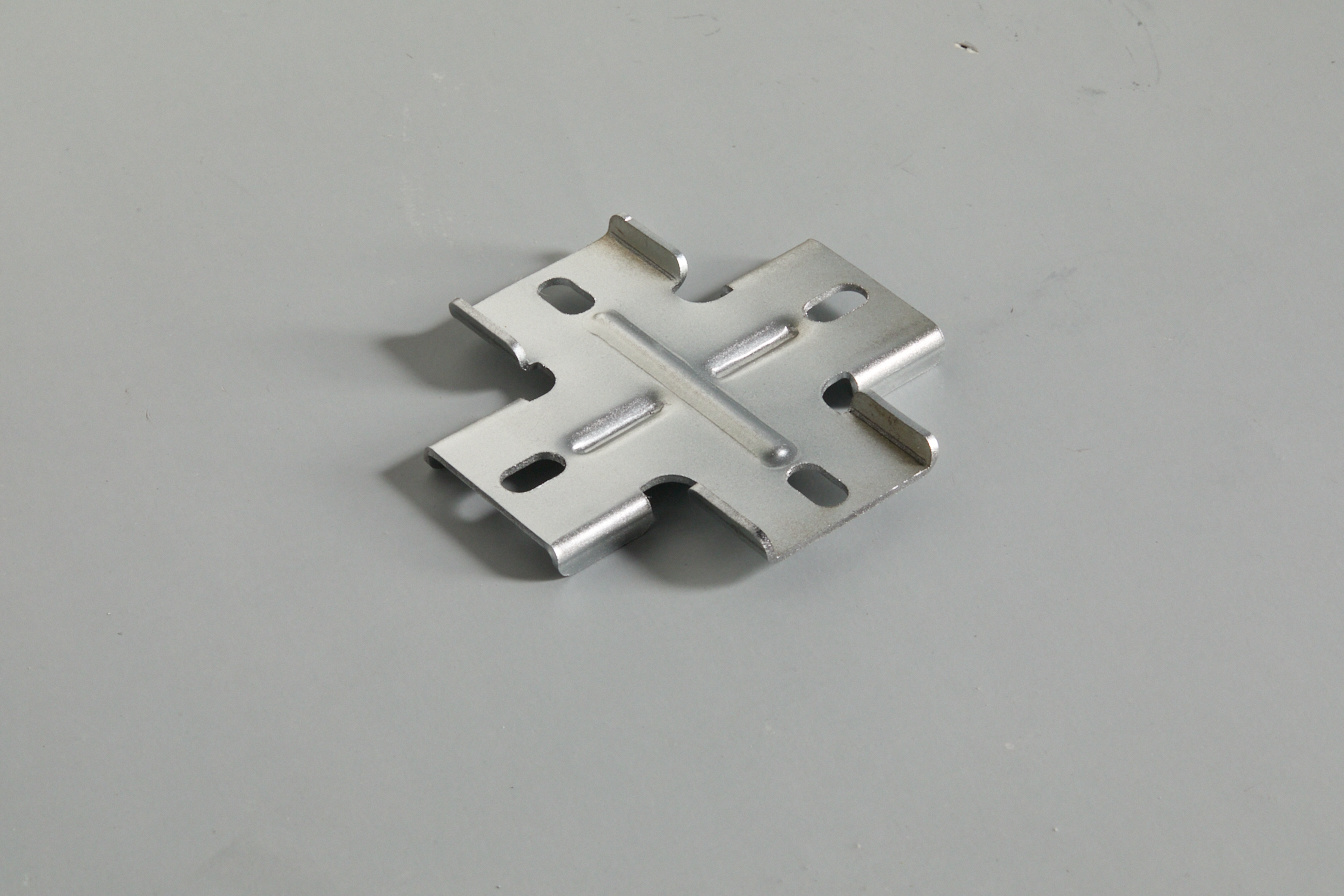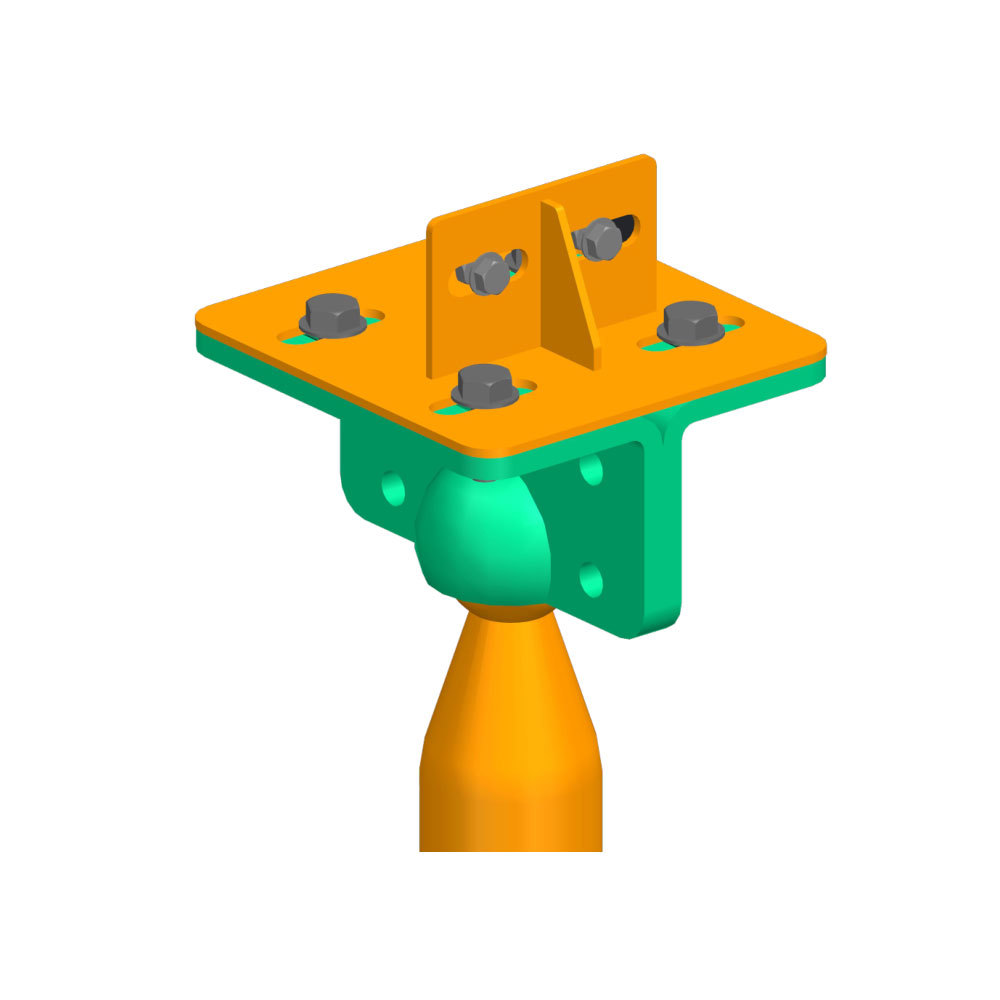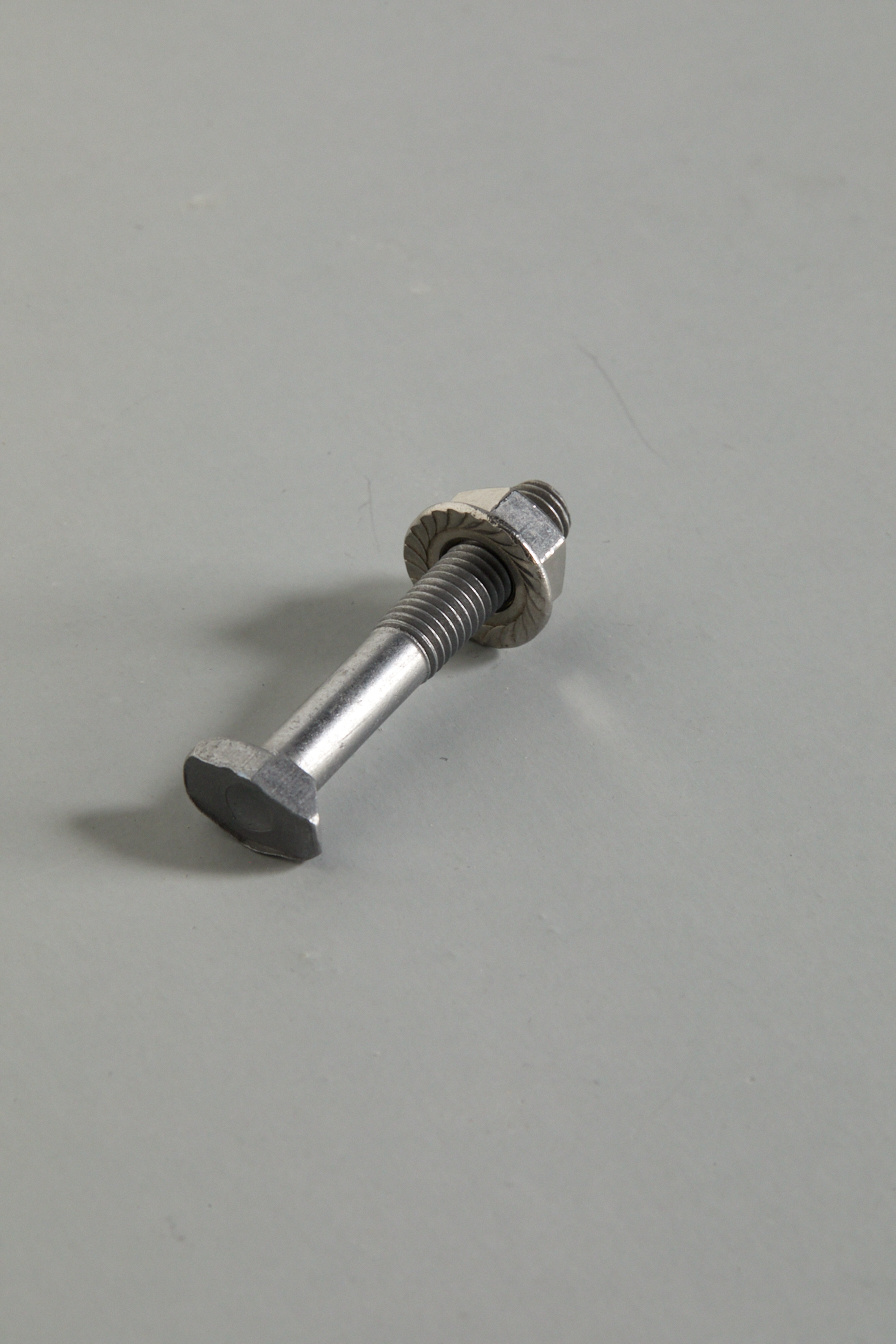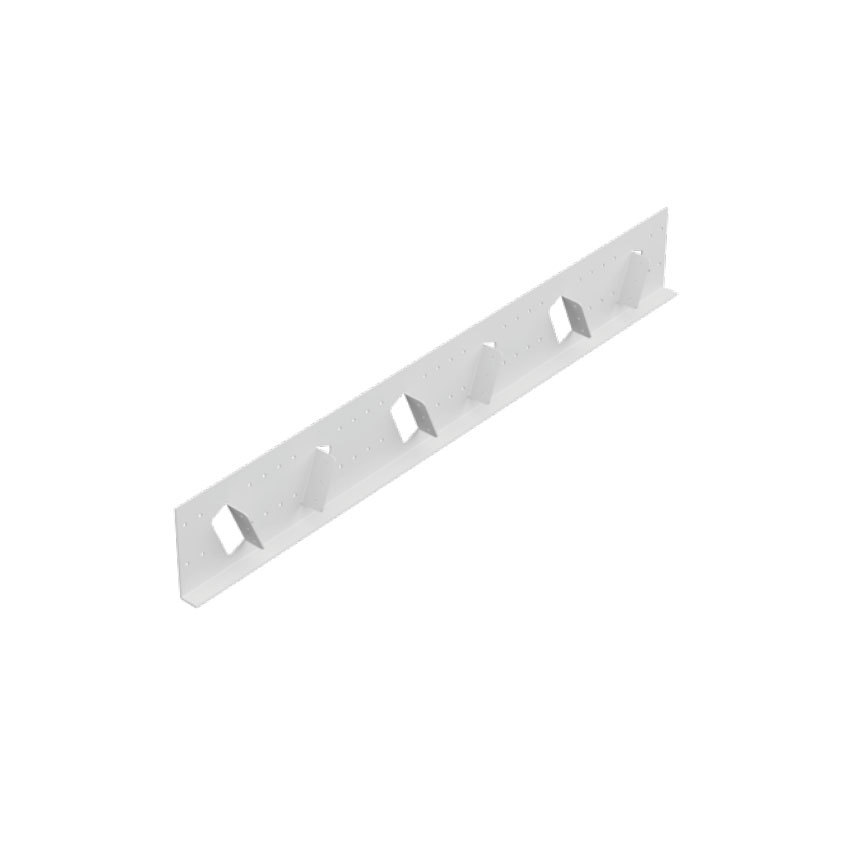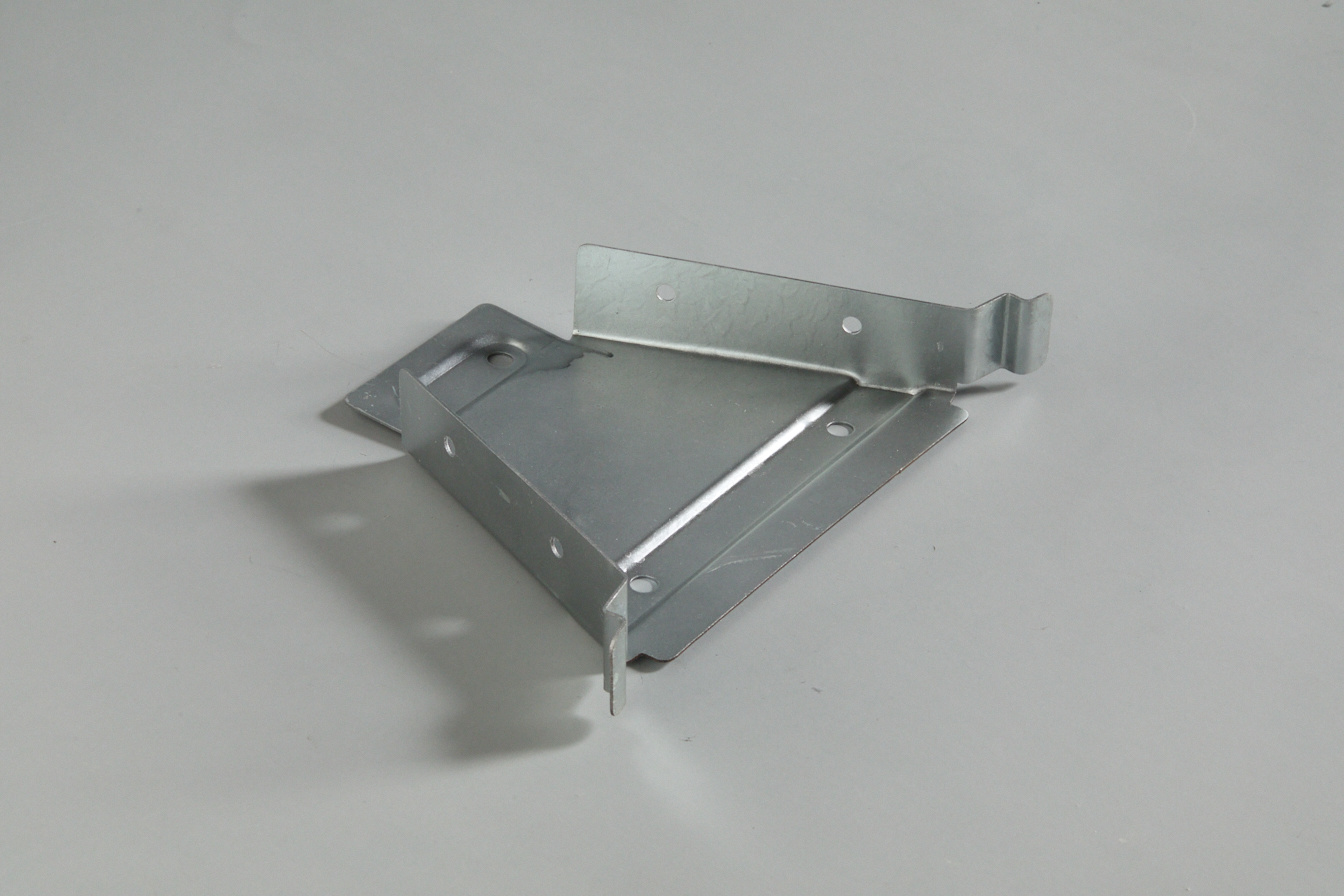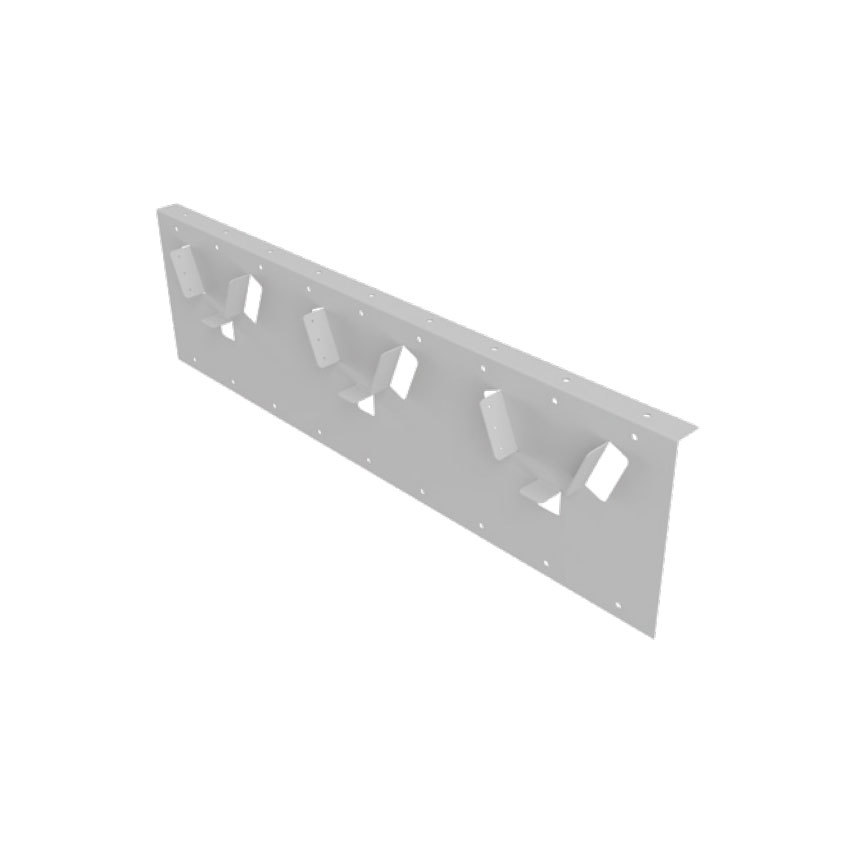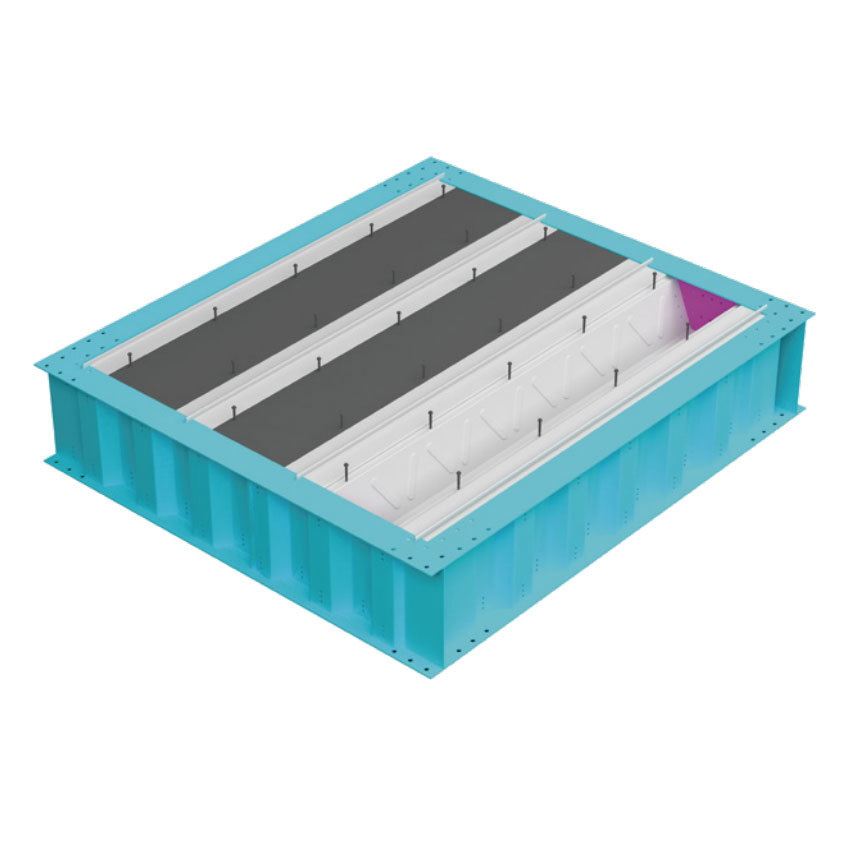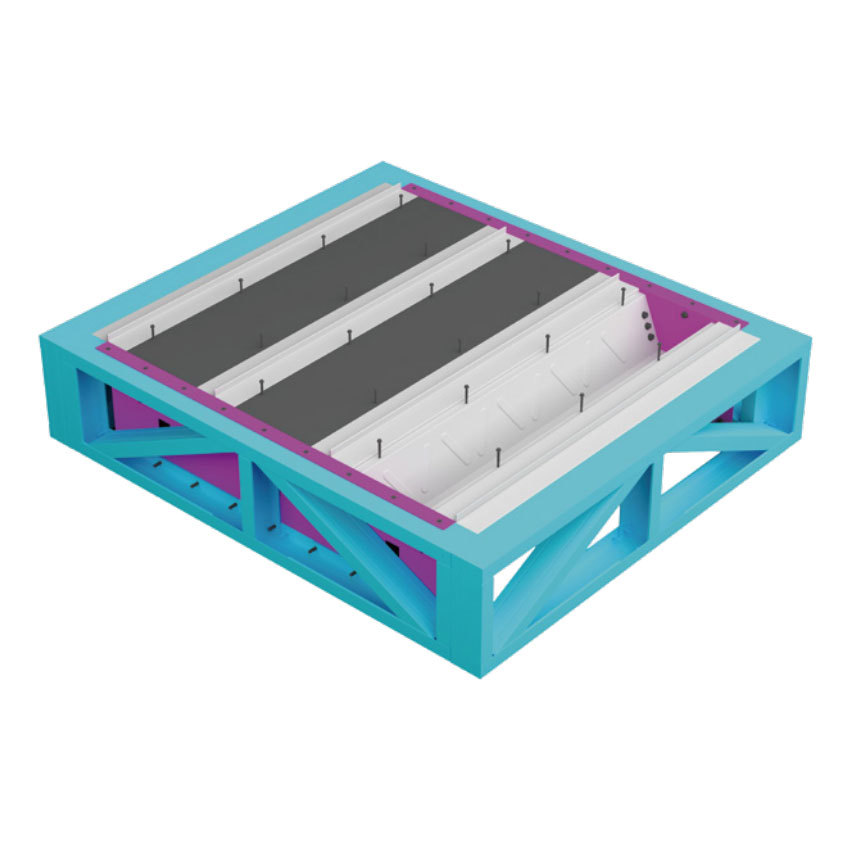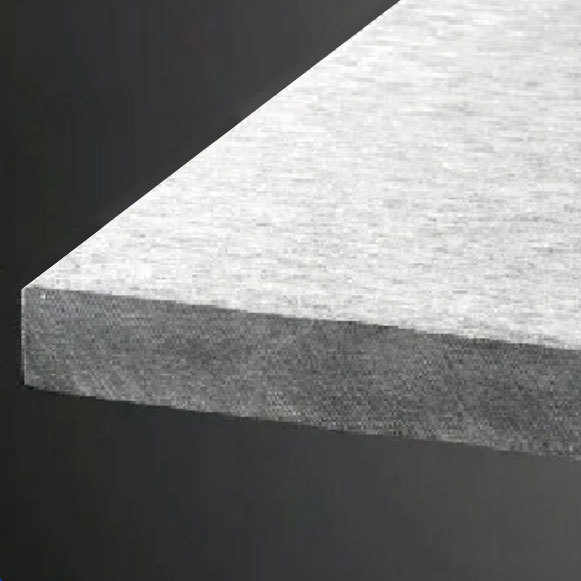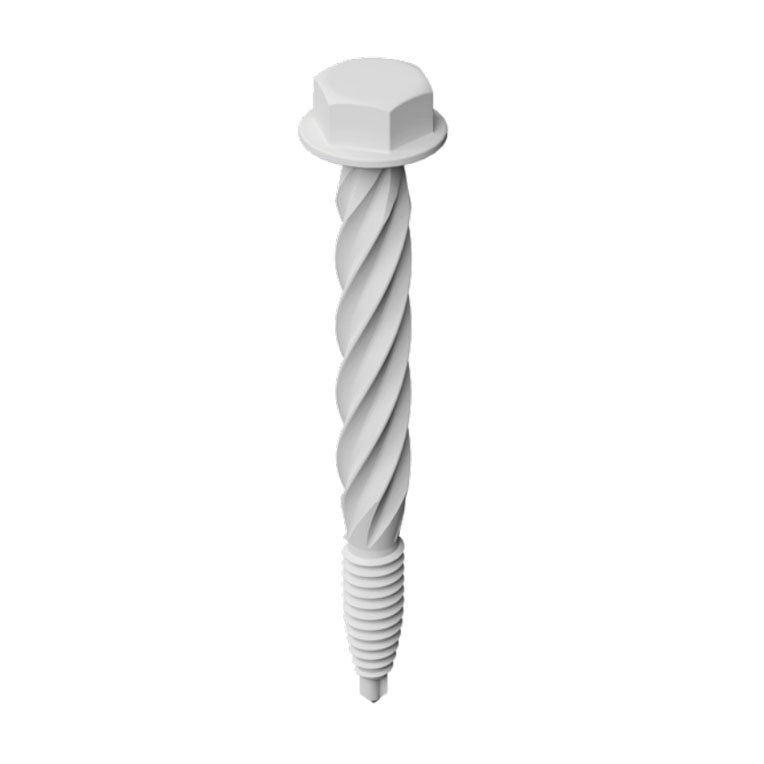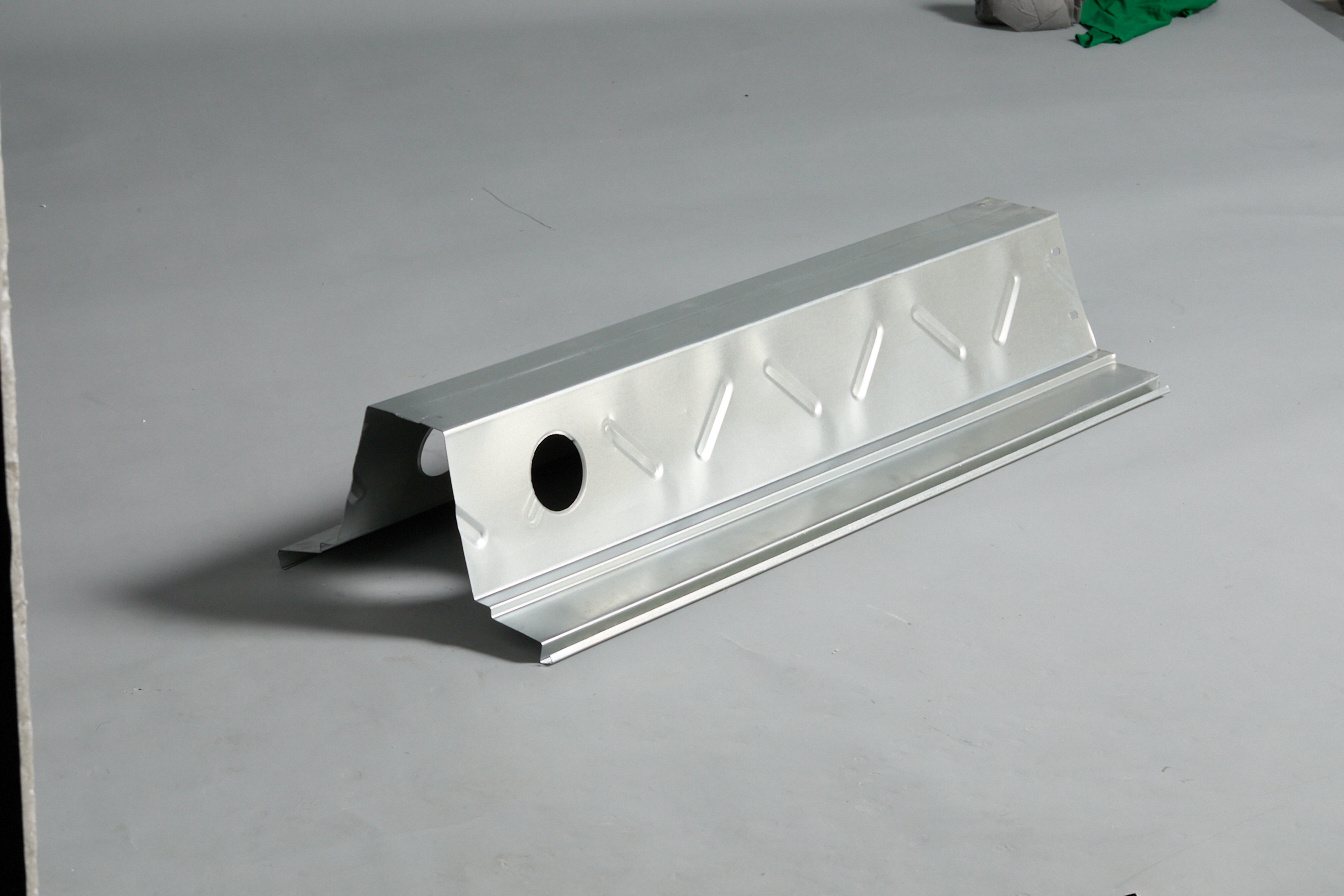Understanding Prefabricated Buildings: The Future of Construction
Release Time:
2025-02-17
Source:
What Are Prefabricated Buildings?
So, you've heard the buzz about prefabricated buildings, huh? These structures are pretty much the rockstars of the construction world. Unlike traditional buildings that are constructed on-site from scratch, prefabricated buildings are factory-made, then transported and assembled at their final location. This process streamlines construction, saves time, and often cuts costs, making it a fantastic option for various projects.
A Brief History
Believe it or not, the concept of prefabrication isn’t exactly new. It dates back to the early 20th century, gaining notable traction during World War II when the need for rapid housing grew. Soldiers returning home needed places to live, and bam! Prefabricated homes came to the rescue.
Advantages of Prefabricated Buildings
- Speed: With components built in a factory, the assembly on-site can take mere days!
- Cost-Effectiveness: Less waste means you’re not just saving time but money too.
- Quality Control: Building in a controlled environment allows for rigorous quality checks.
- Eco-Friendly: Many prefabricated buildings utilize sustainable materials, reducing their carbon footprint.
Types of Prefabricated Buildings
Now, let’s break it down. There are several types of prefabricated buildings, each catering to different needs:
- Modular Buildings: These are constructed in sections or "modules" and then transported to the site for assembly. Think of a giant puzzle!
- Panelized Systems: Walls, roofs, or floors are made as panels in the factory, which are then shipped and assembled on-site.
- Pre-Cut Buildings: Materials are cut to specific dimensions and shipped to the site. You still need to assemble, but the cutting work is done.
Common Misconceptions
Here’s the scoop: people often think that prefabricated buildings equate to flimsy structures. Not the case! Sure, they’re lightweight, but they’re designed to withstand the elements just like traditional buildings. Moreover, they can be customized to fit the owner’s vision, from a chic modern look to rustic charm.
Modern Applications
Fast forward to today, and prefabricated buildings are popping up everywhere! From residential homes to commercial spaces, they’re changing the landscape of construction. Schools, hospitals, and even emergency shelters are embracing this method, proving that convenience doesn’t have to sacrifice quality.
The Future of Prefabricated Construction
As we look to the future, the trend of prefabricated buildings shows no signs of slowing down. With advancements in technology, like 3D printing and smart materials, the possibilities are endless. Who knows? We might soon be seeing entire cities constructed with prefabricated techniques!
Final Thoughts
In a nutshell, prefabricated buildings are redefining the way we think about construction. They’re efficient, eco-friendly, and here to stay. So whether you’re a builder, a homeowner, or just a curious cat, it’s worth taking a closer look at this innovative approach to building. After all, the future is all about smart solutions!
Related Information

HaoHeng Group
Address: Room 1808, Block A, Vanke Cloud City, Jiemei District, Xiamen City, Fujian Province
Business cooperation:
Copyright © HaoHeng (FuJian) Building Materials Technology Co, Ltd. All rights reserved































